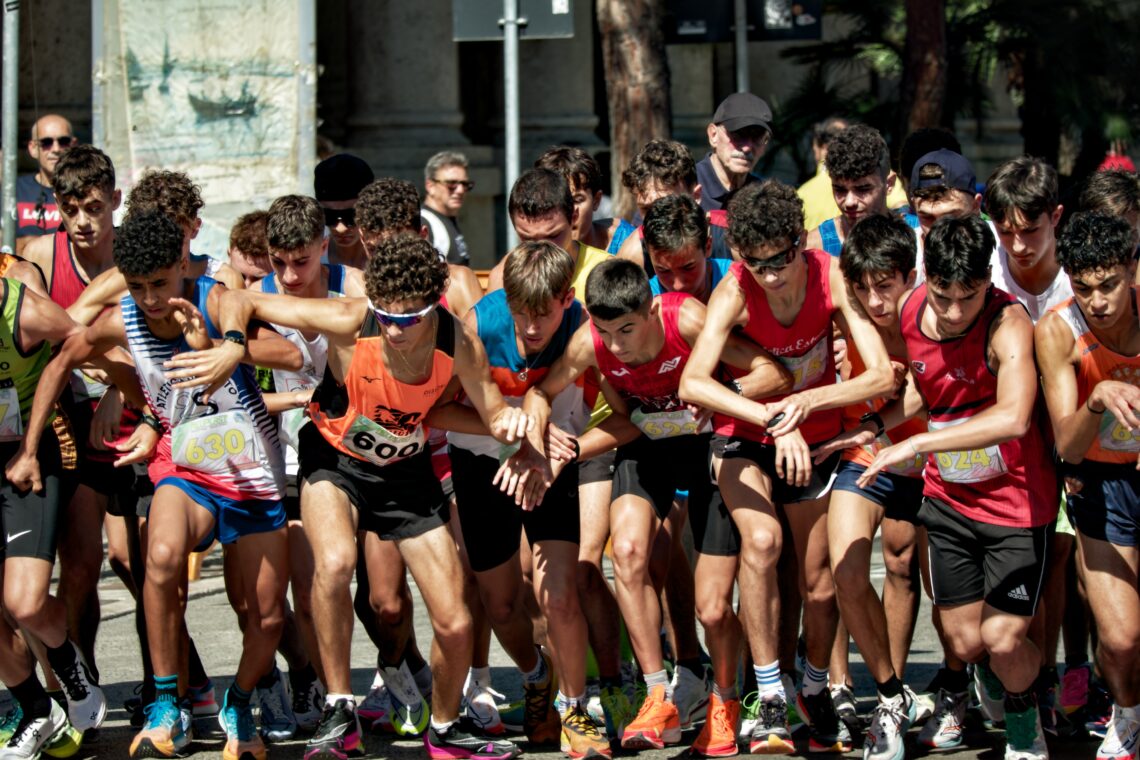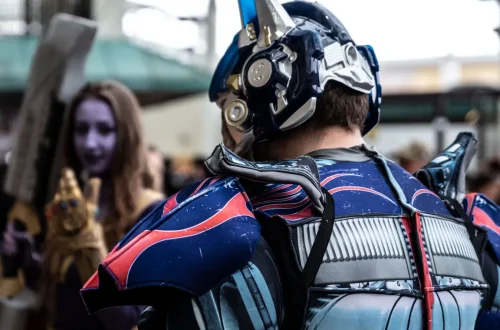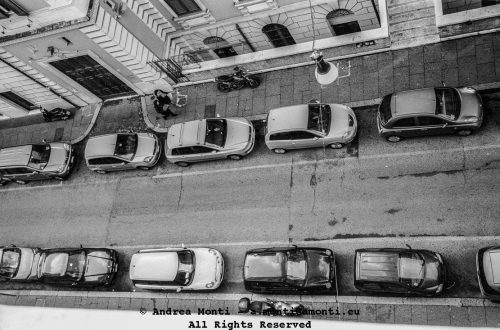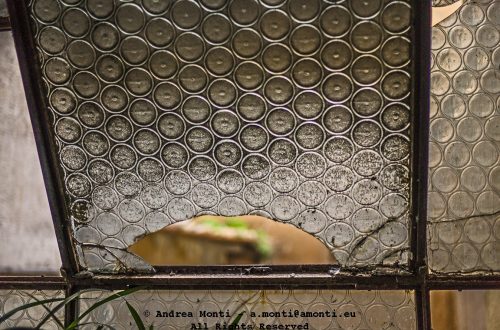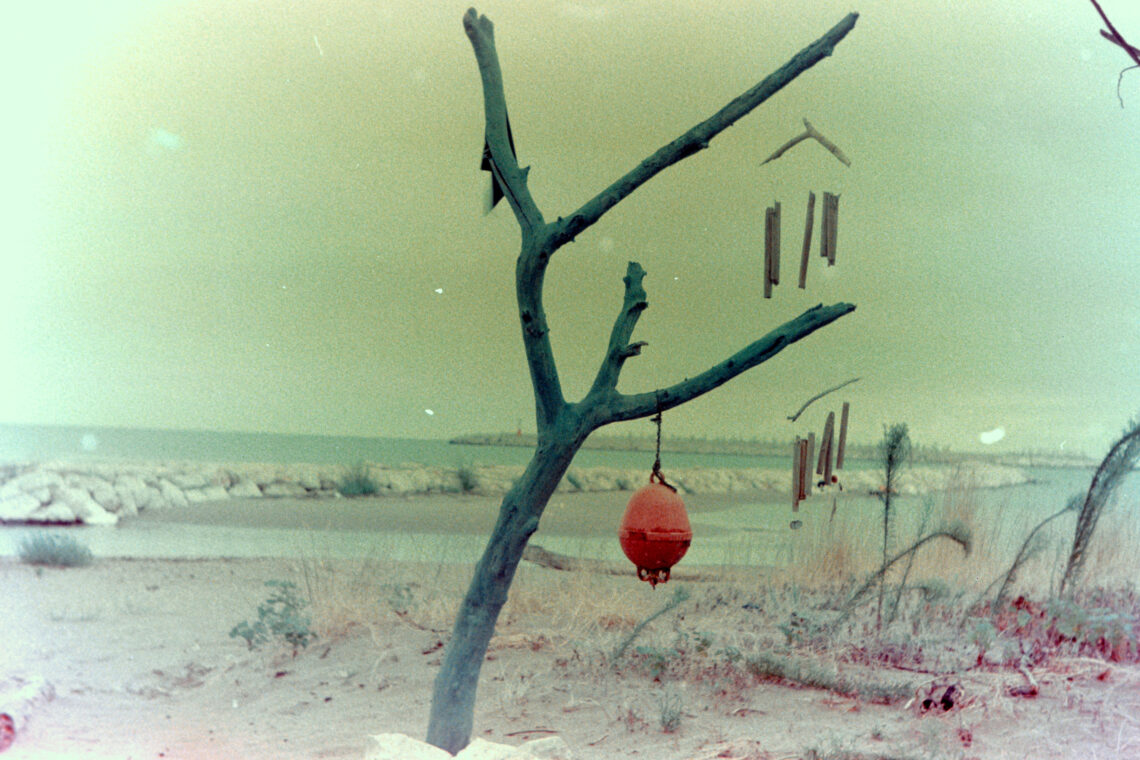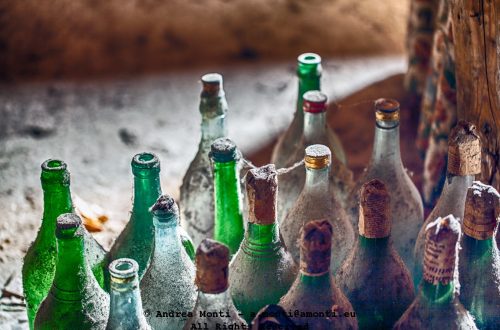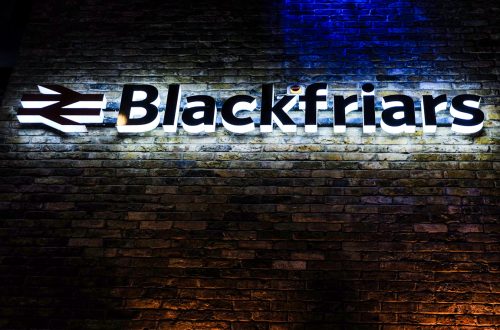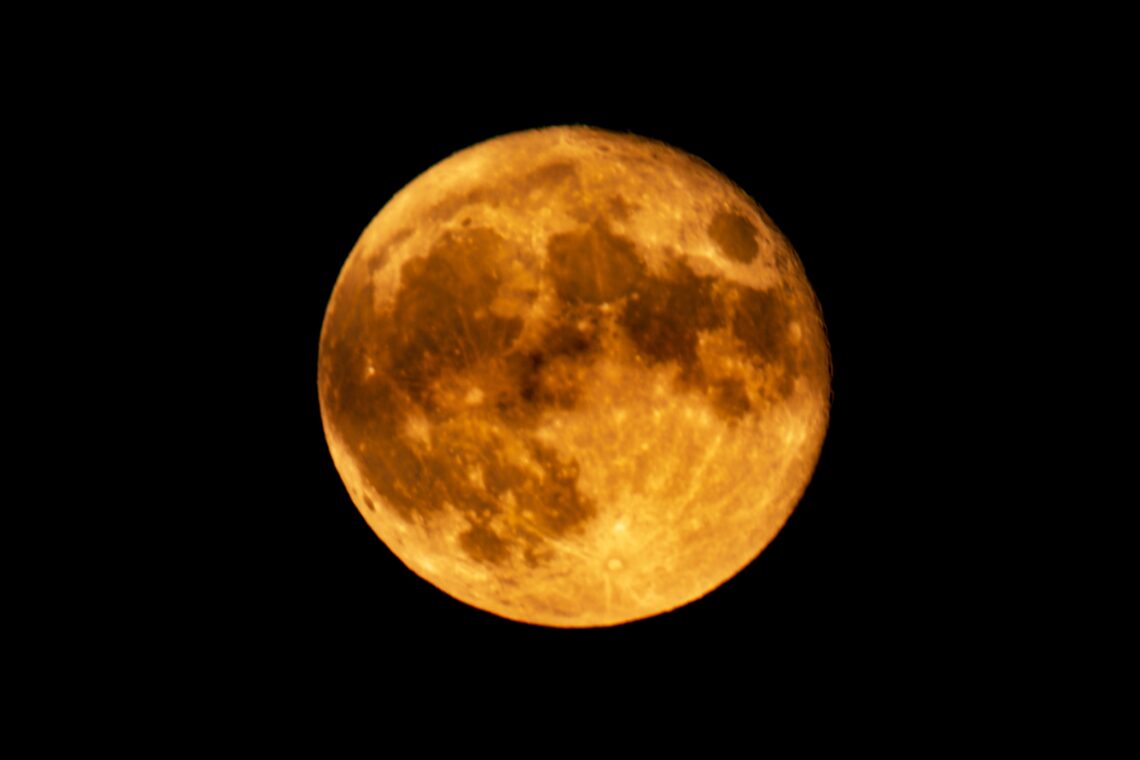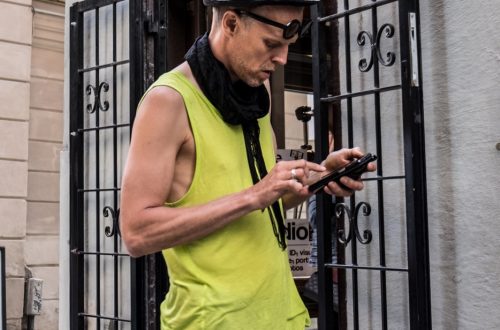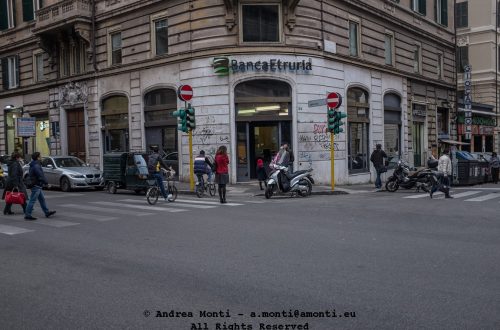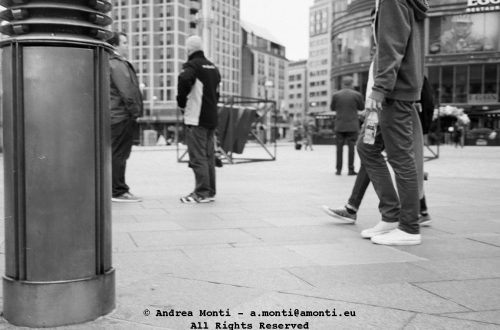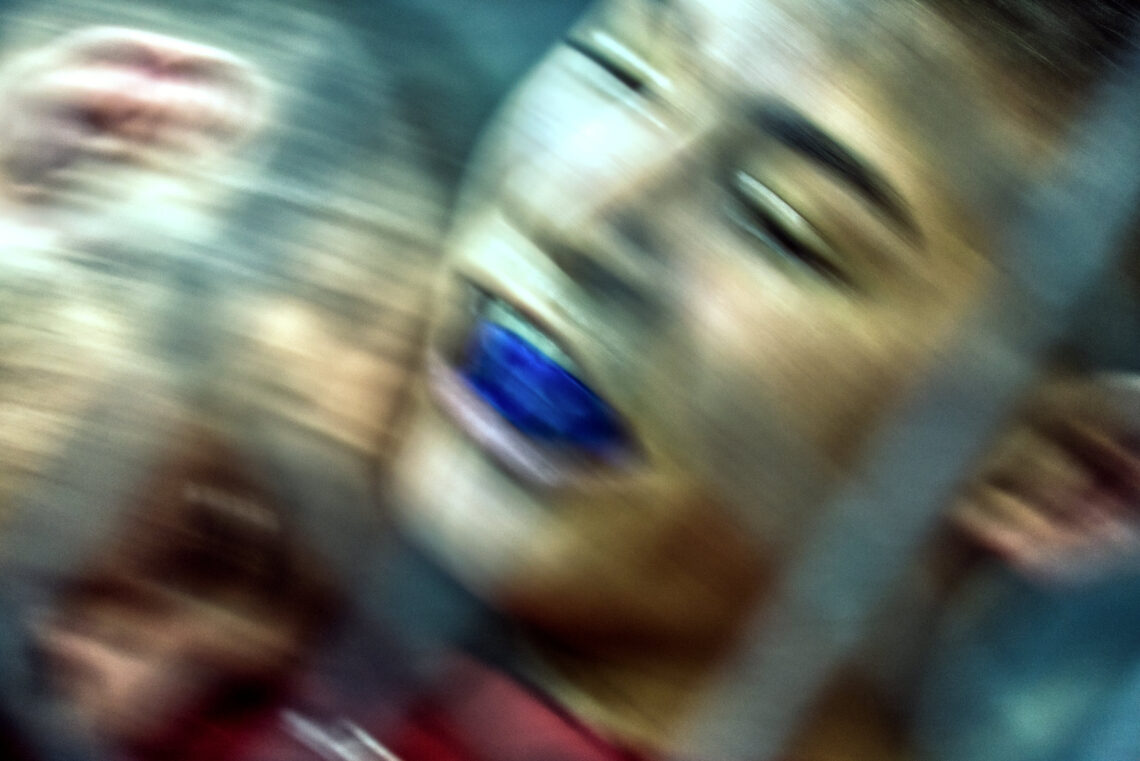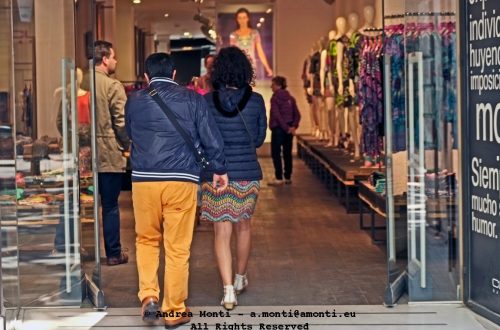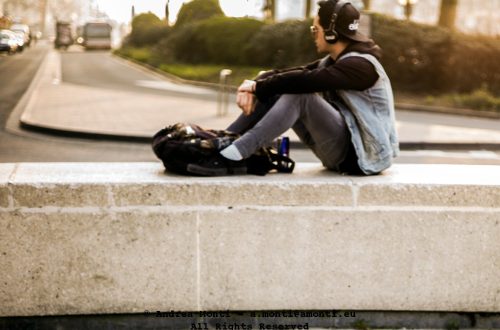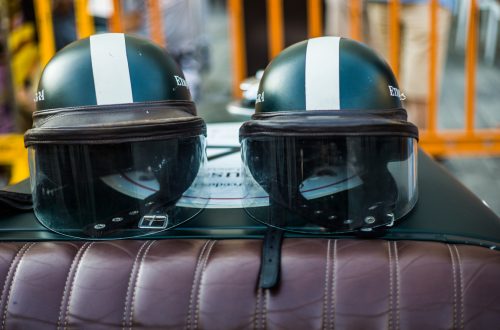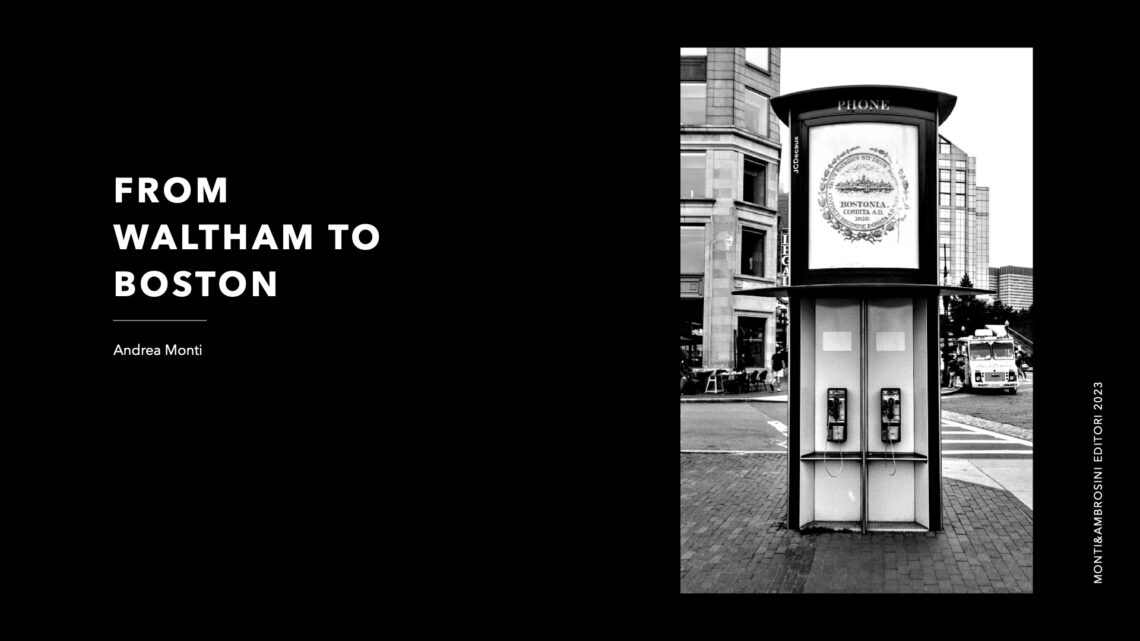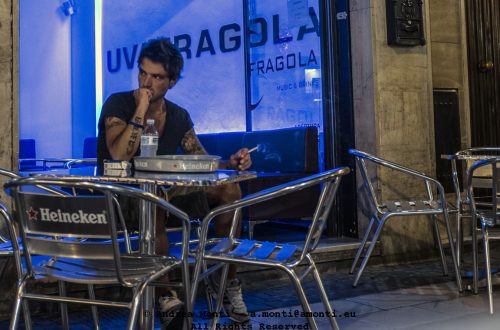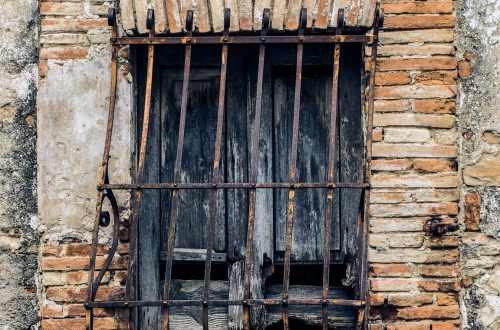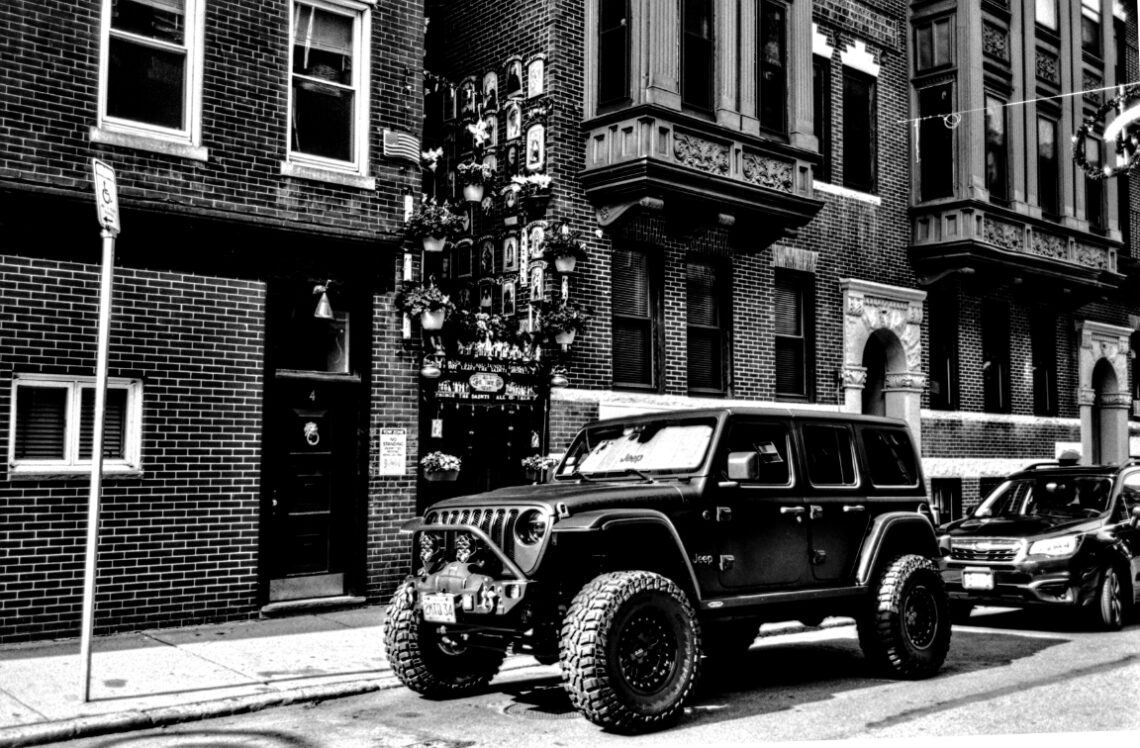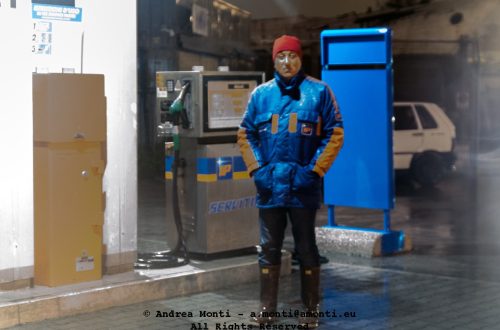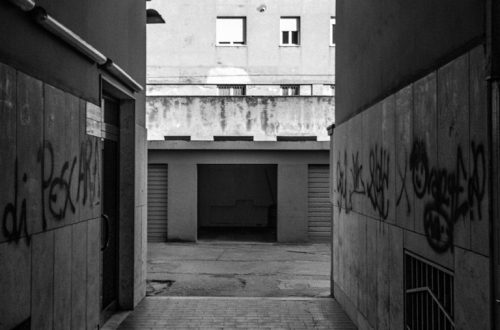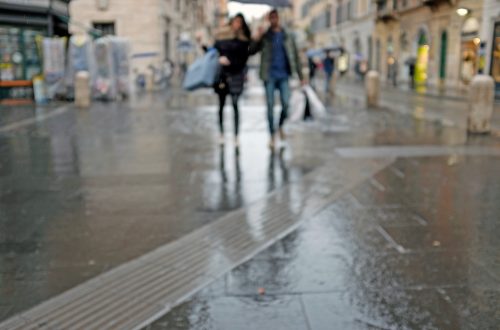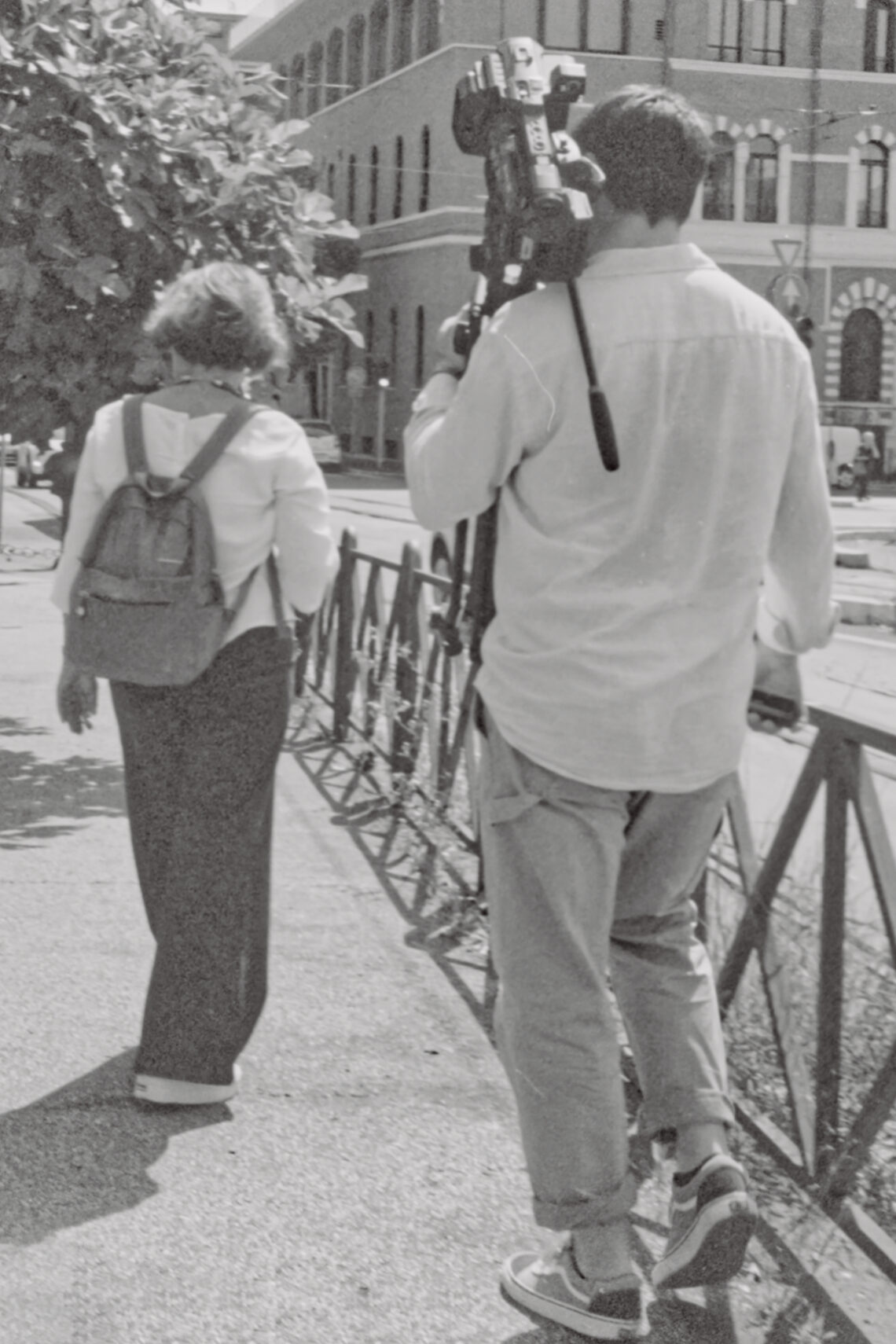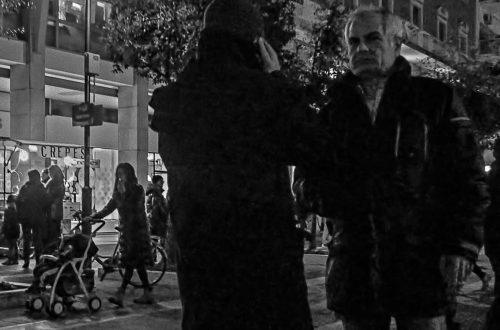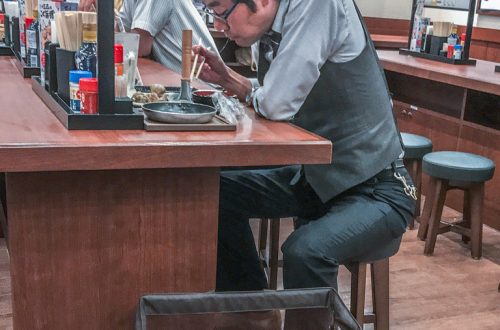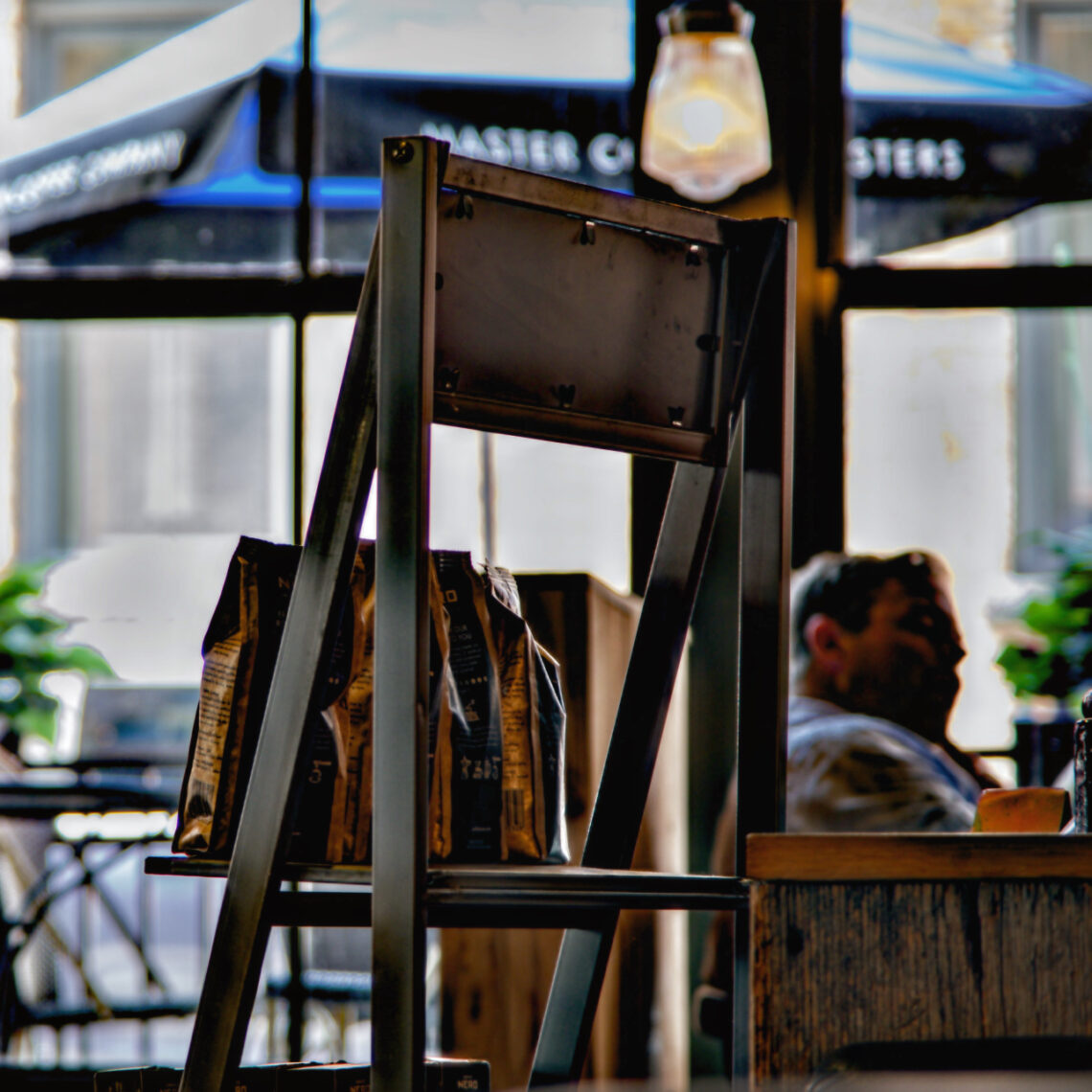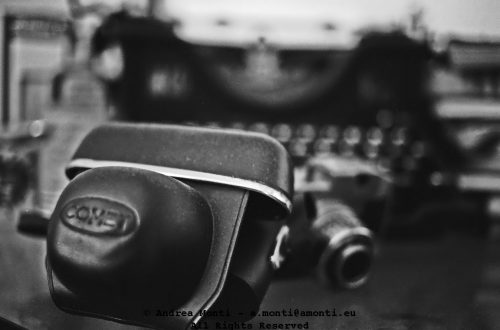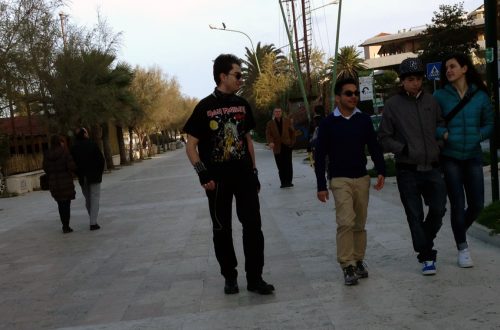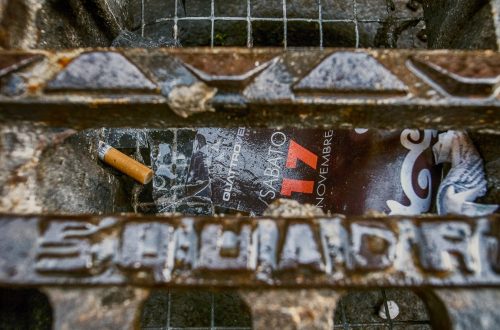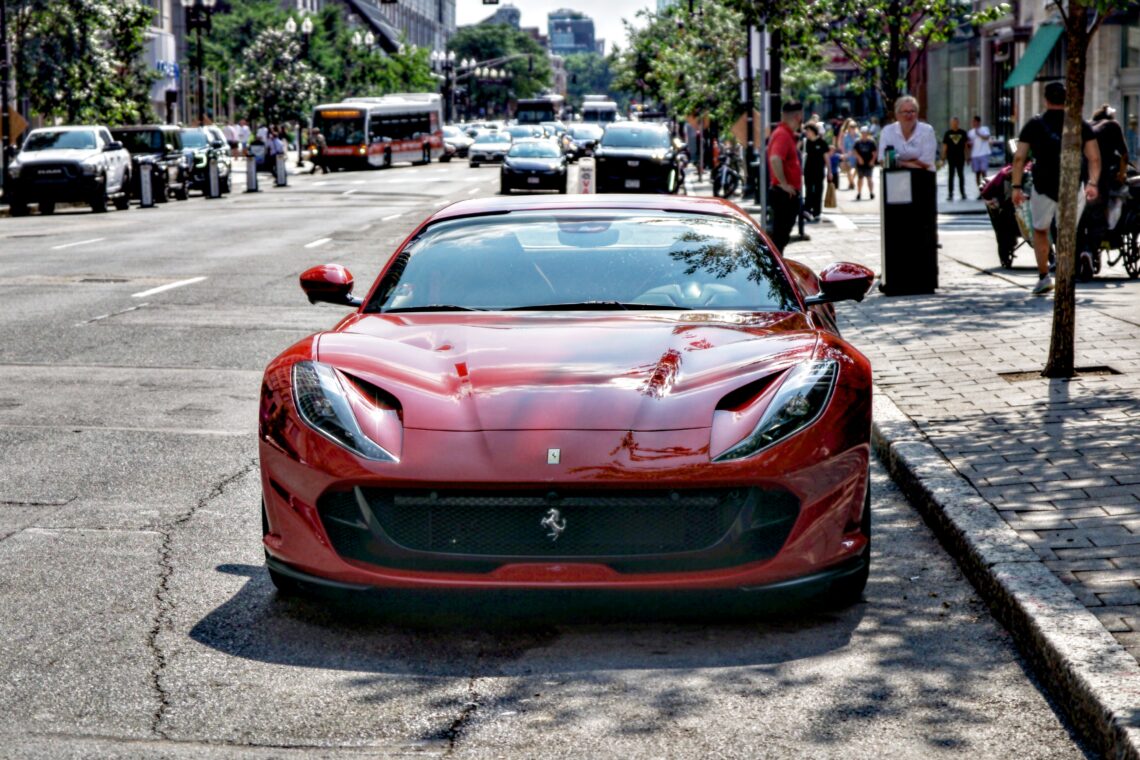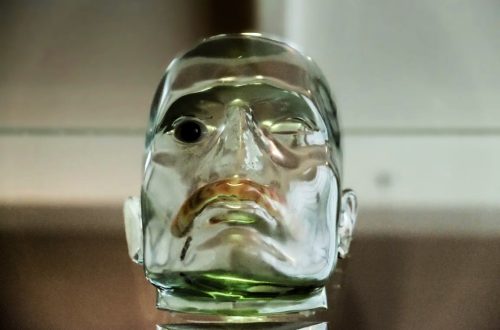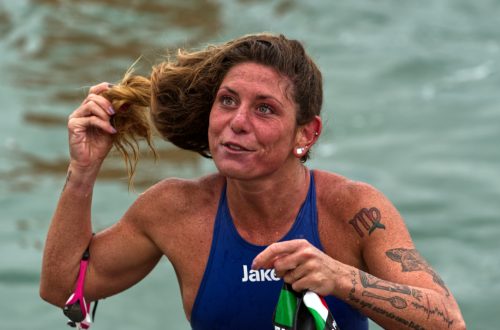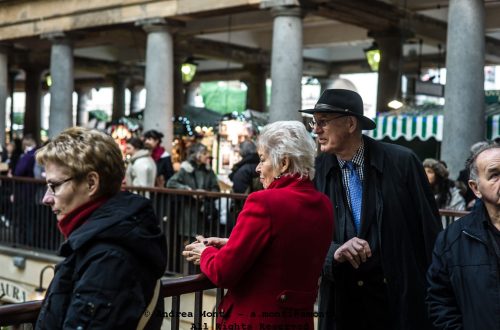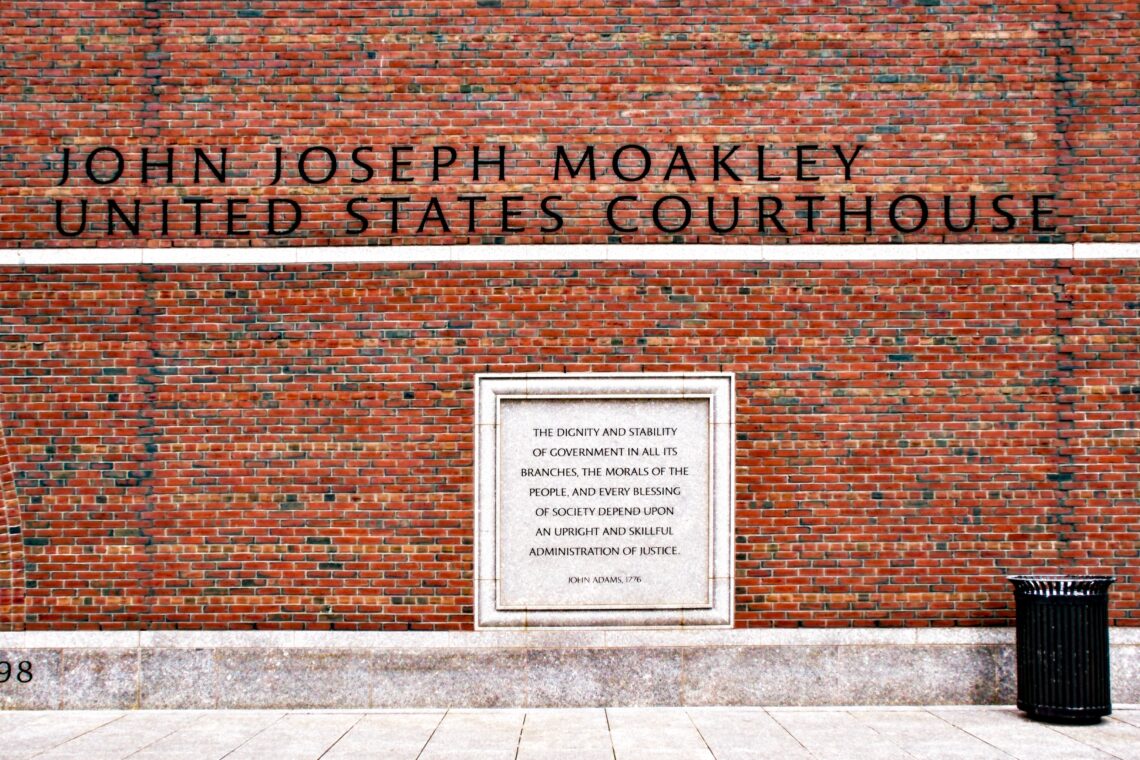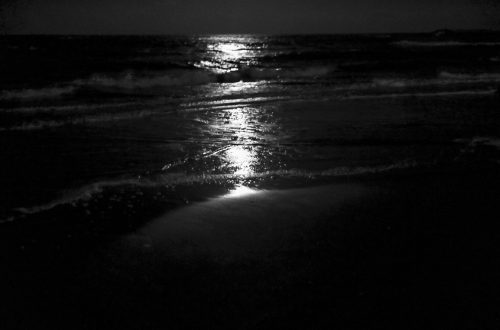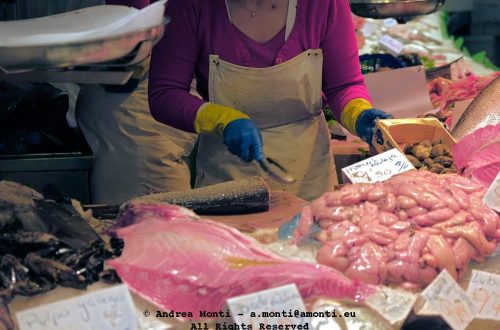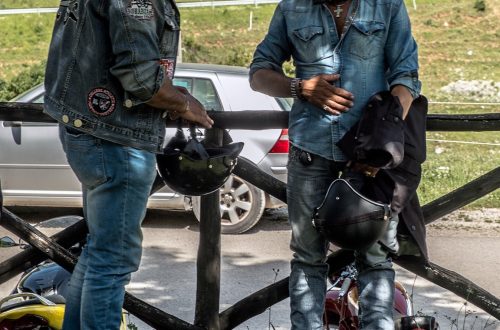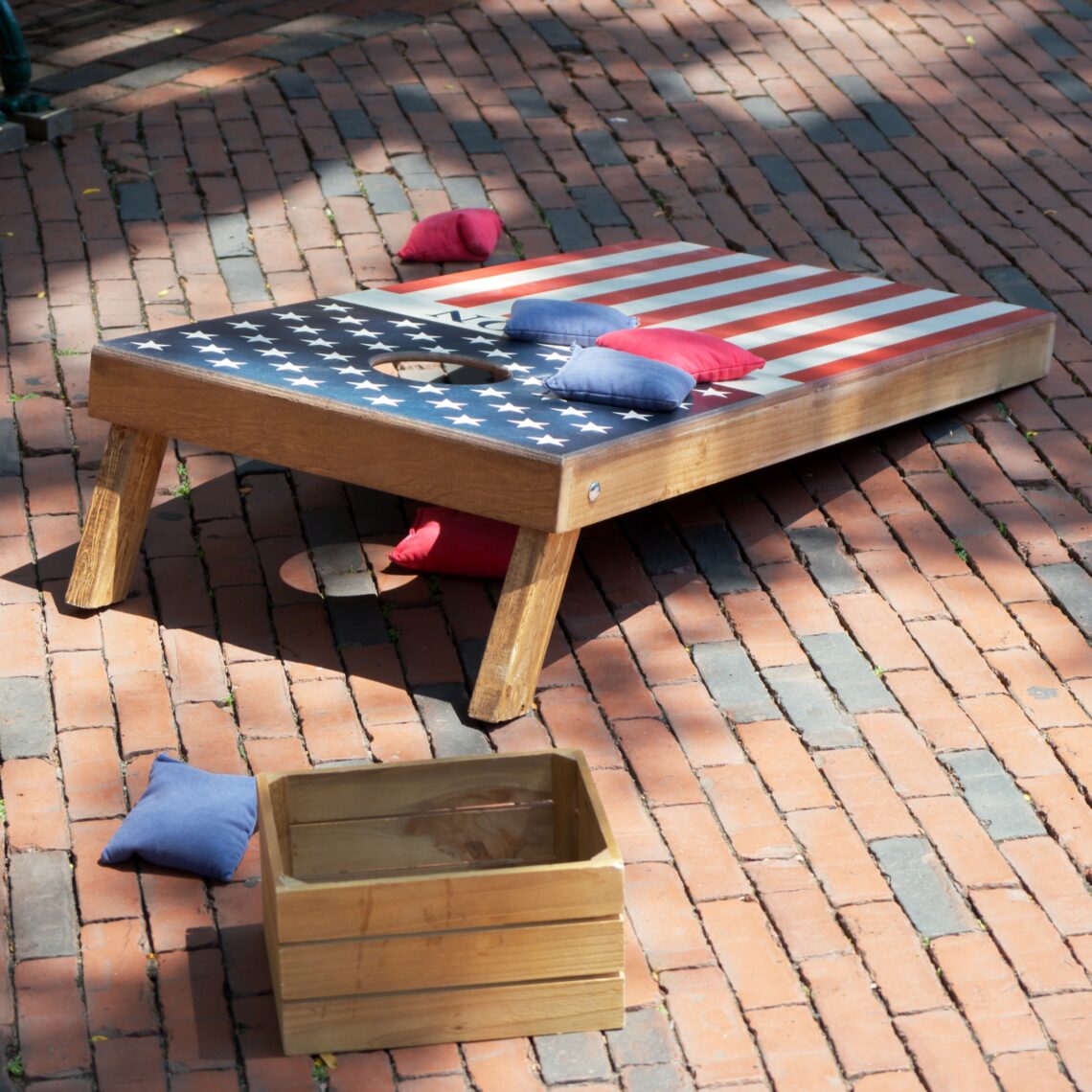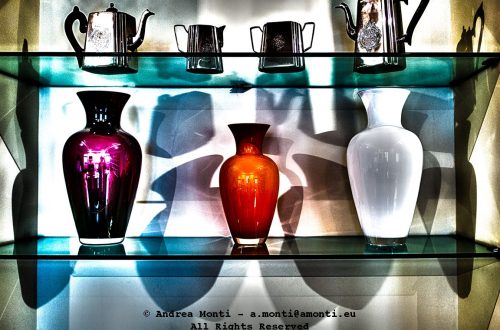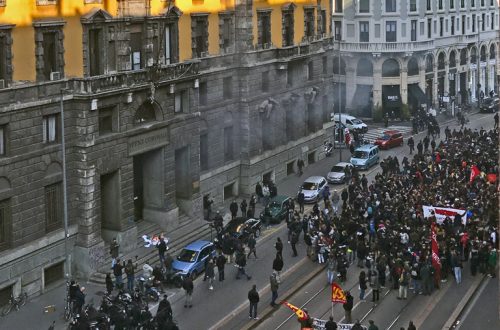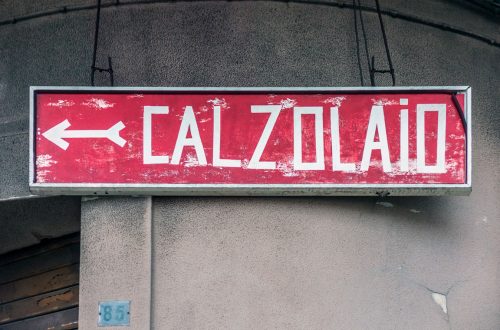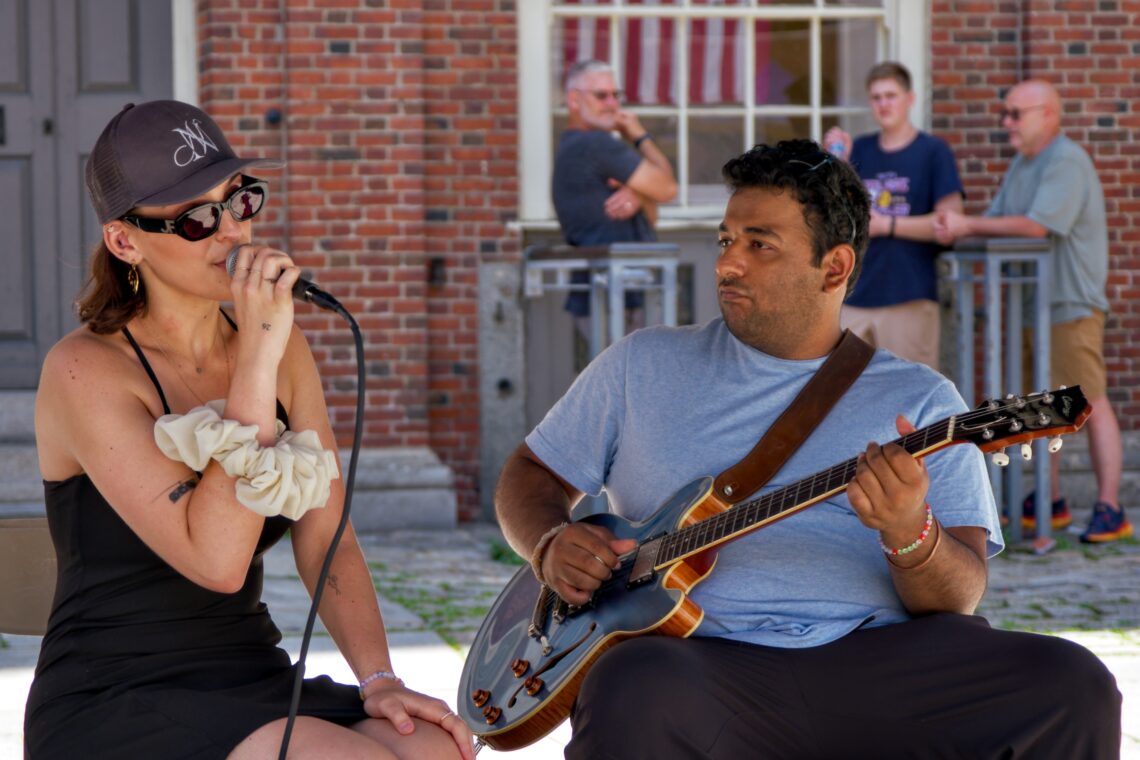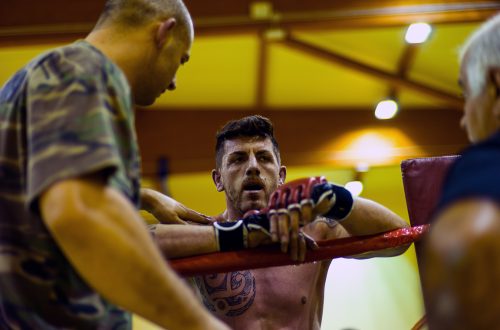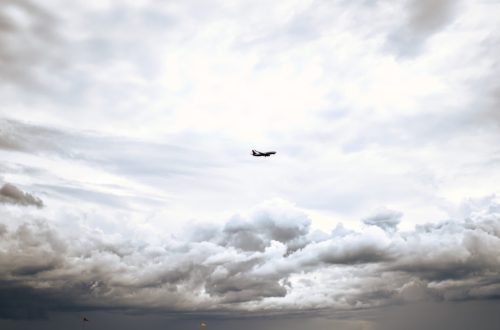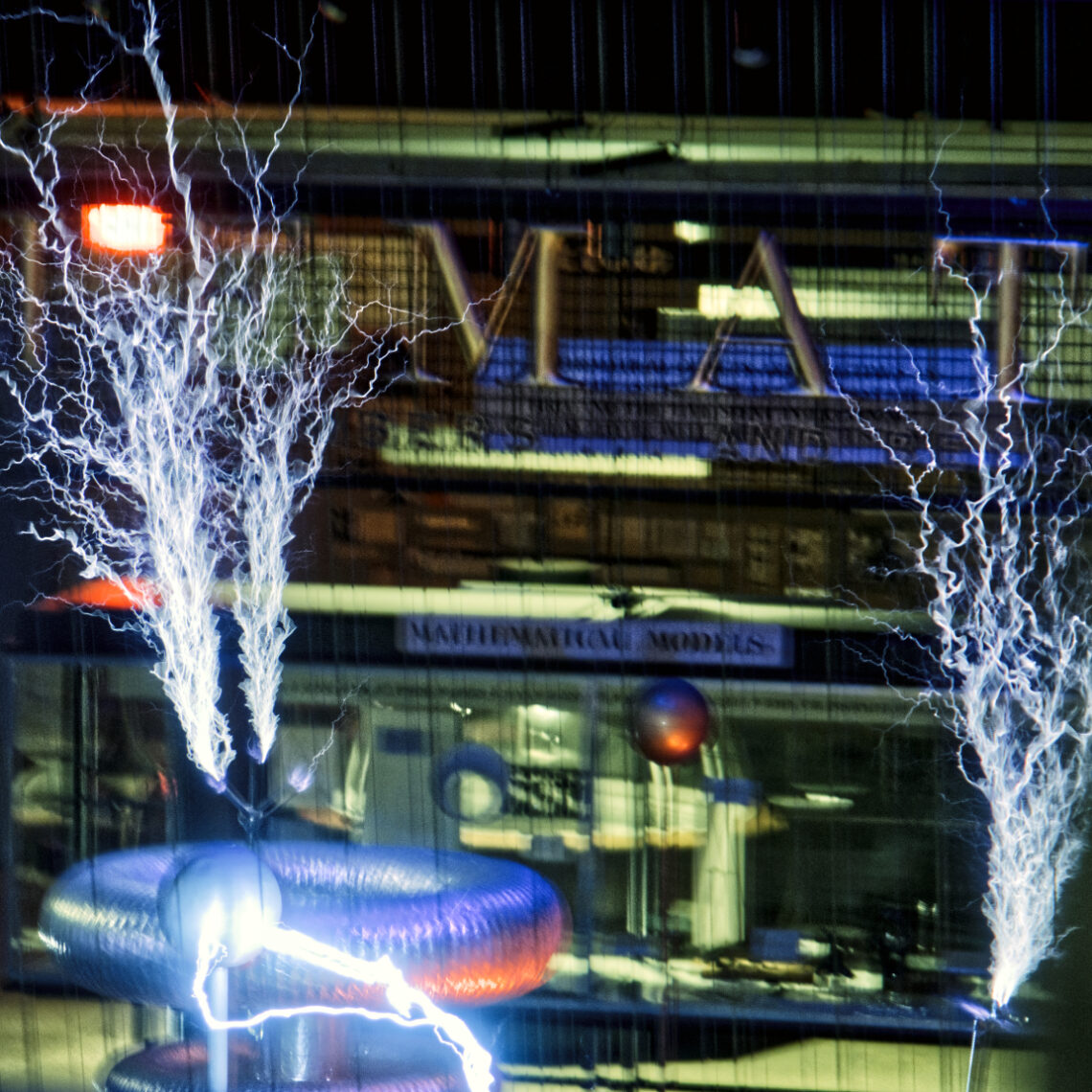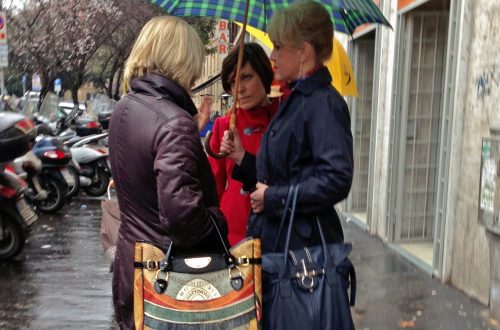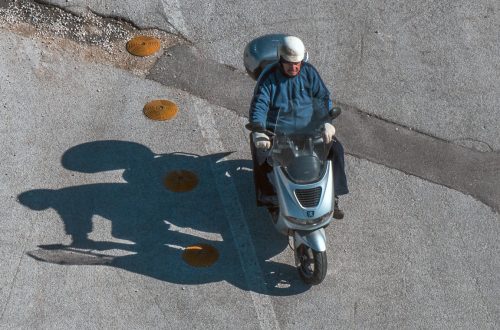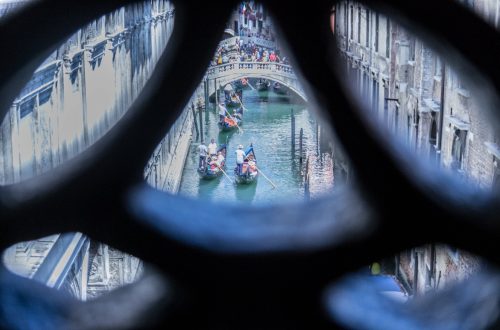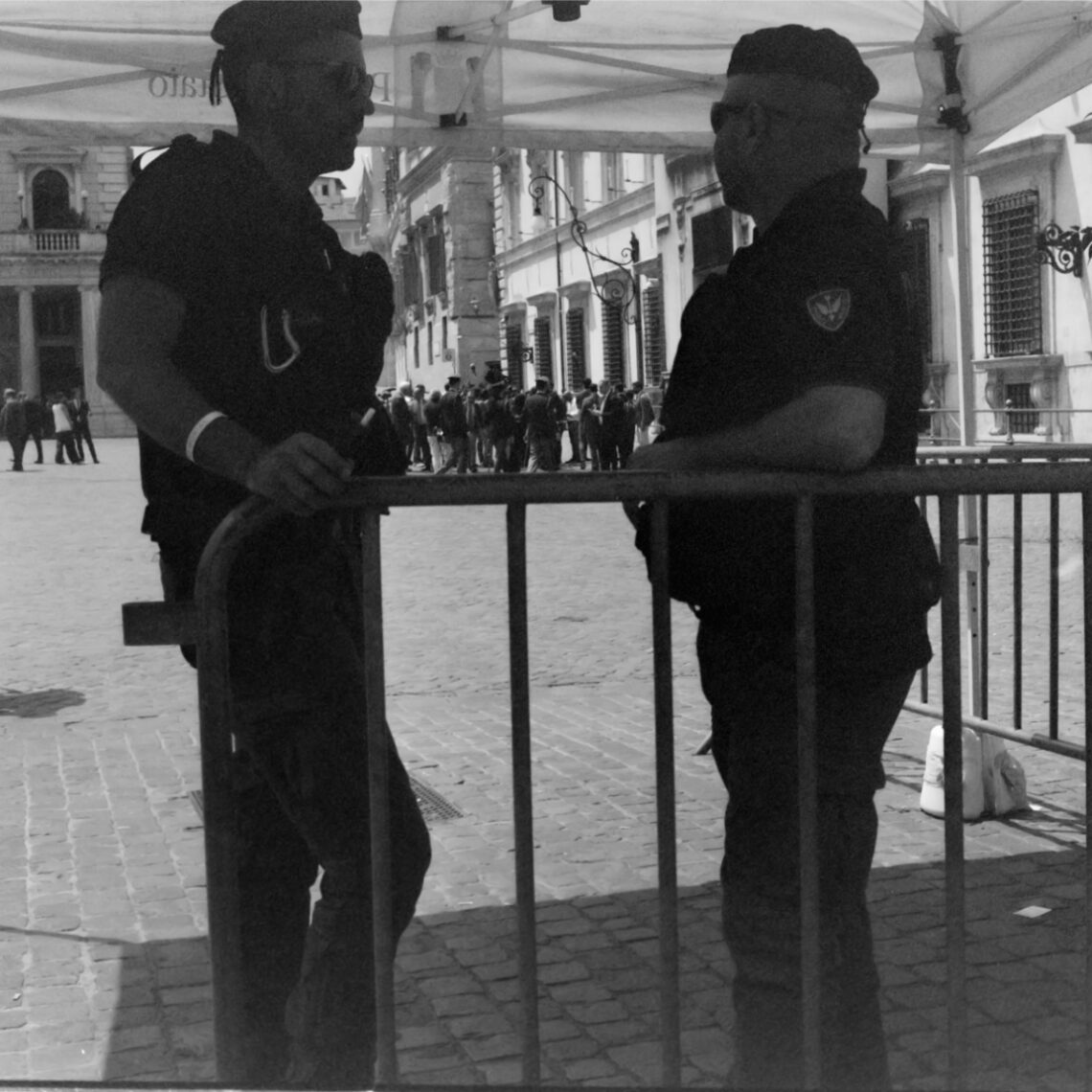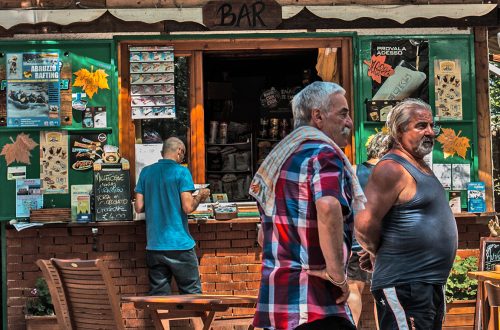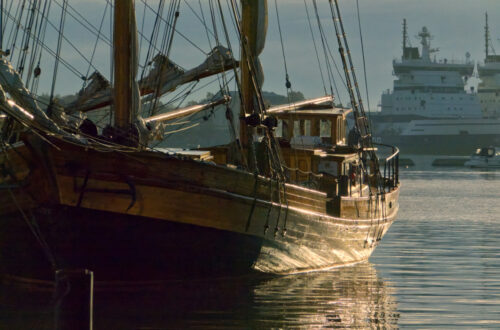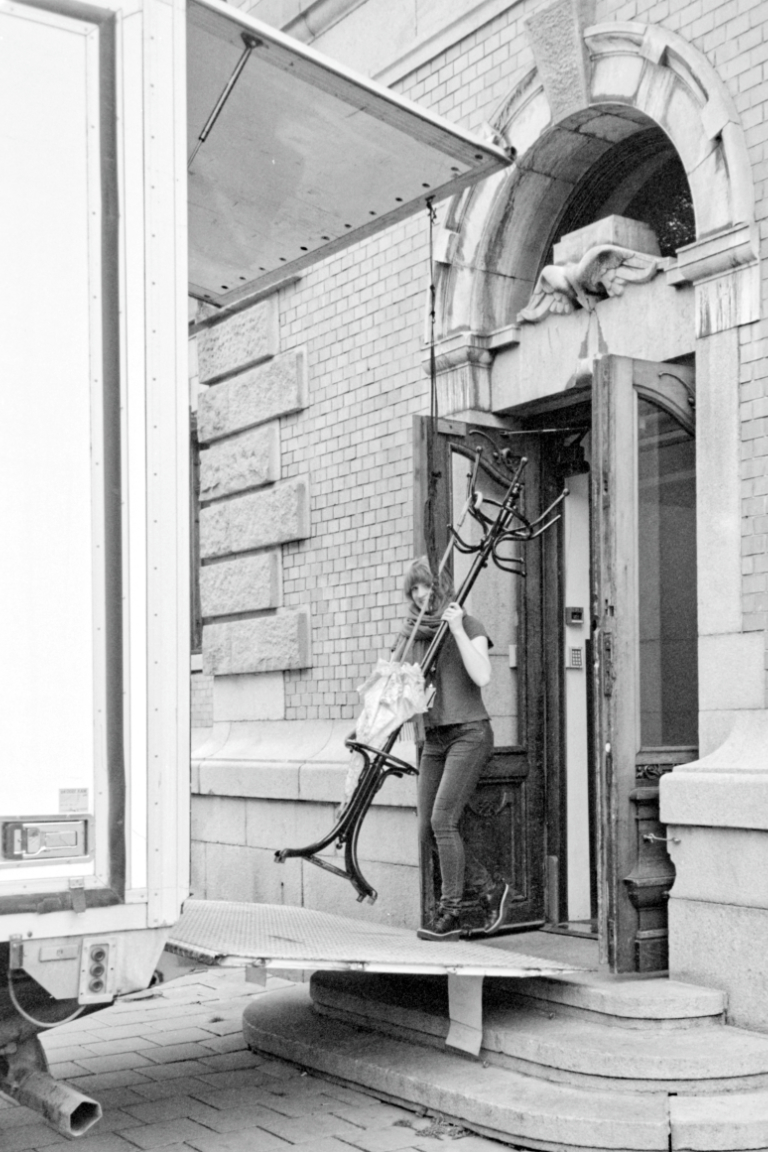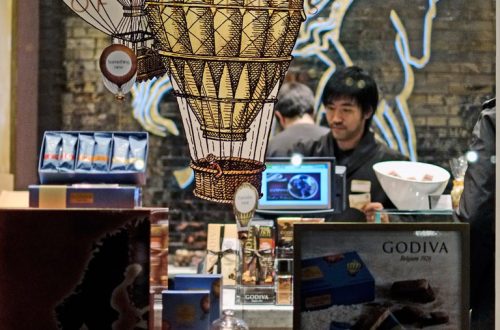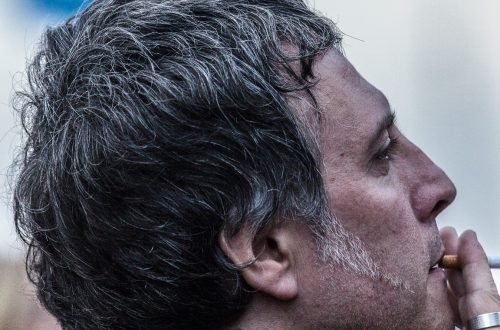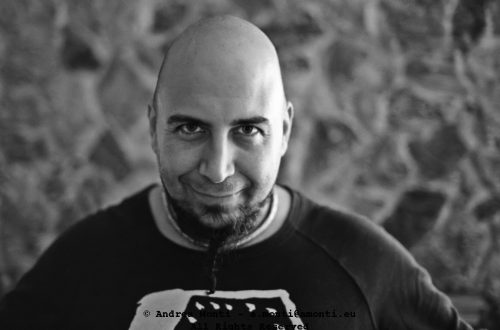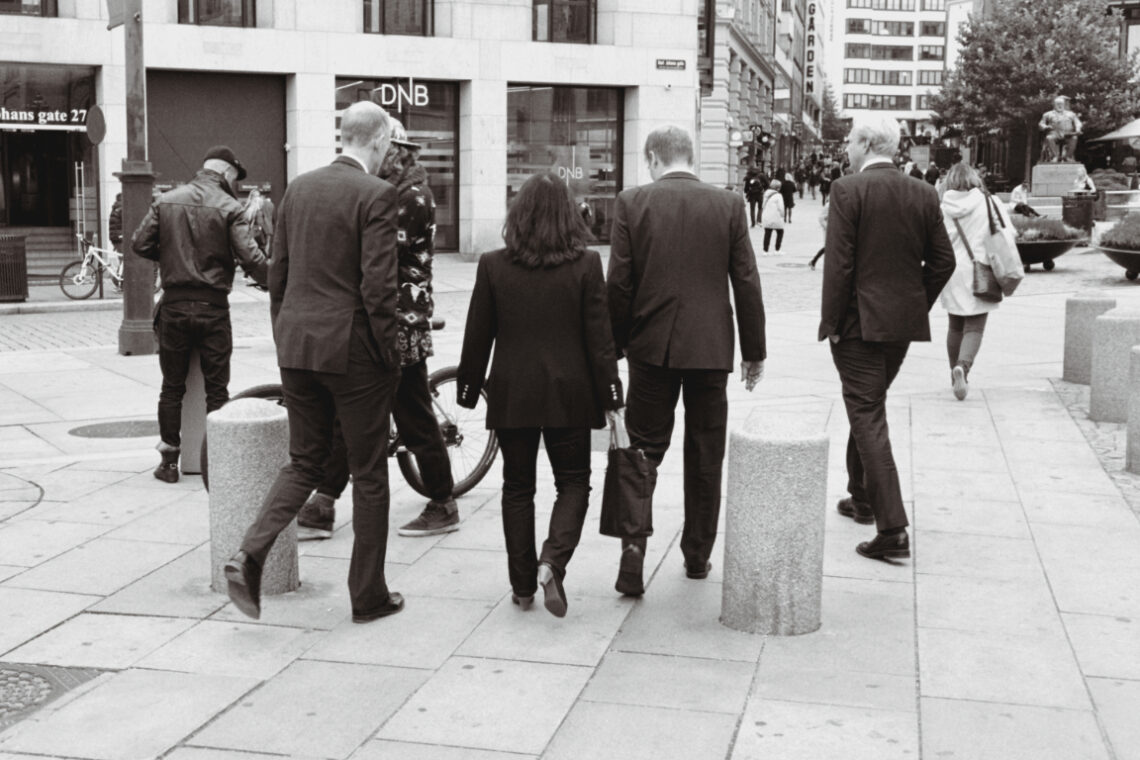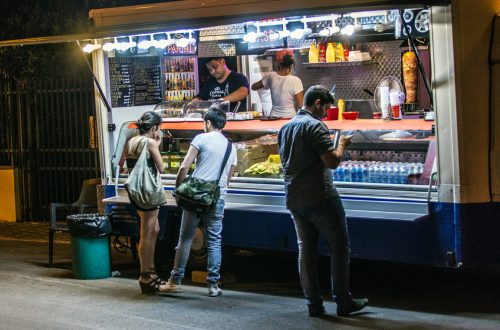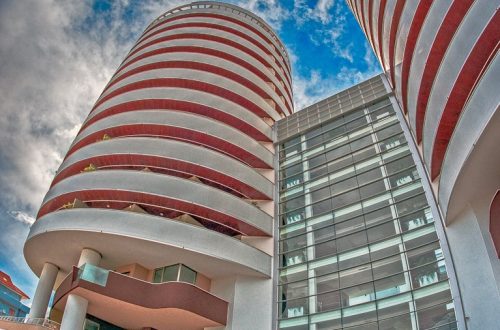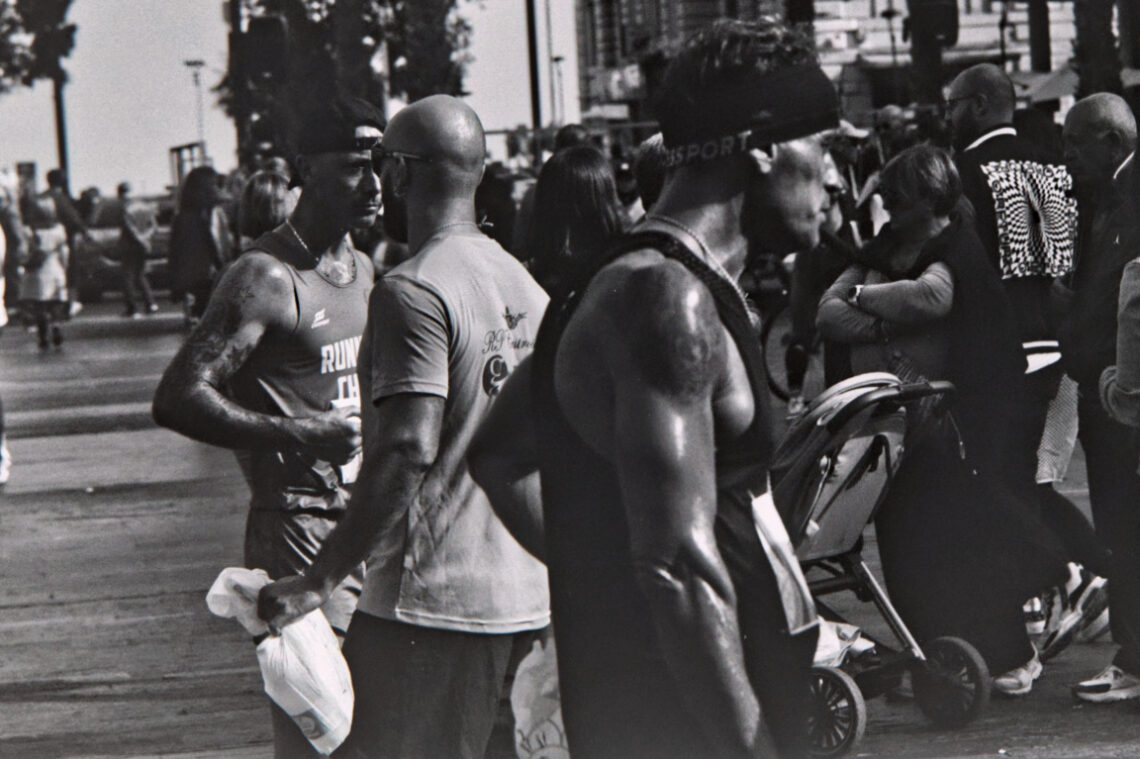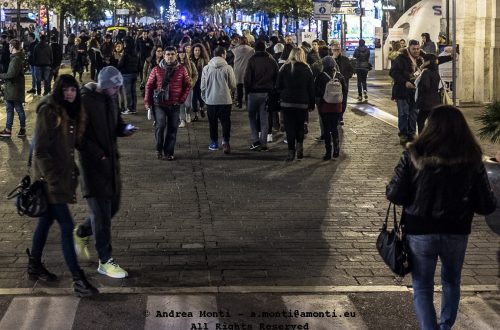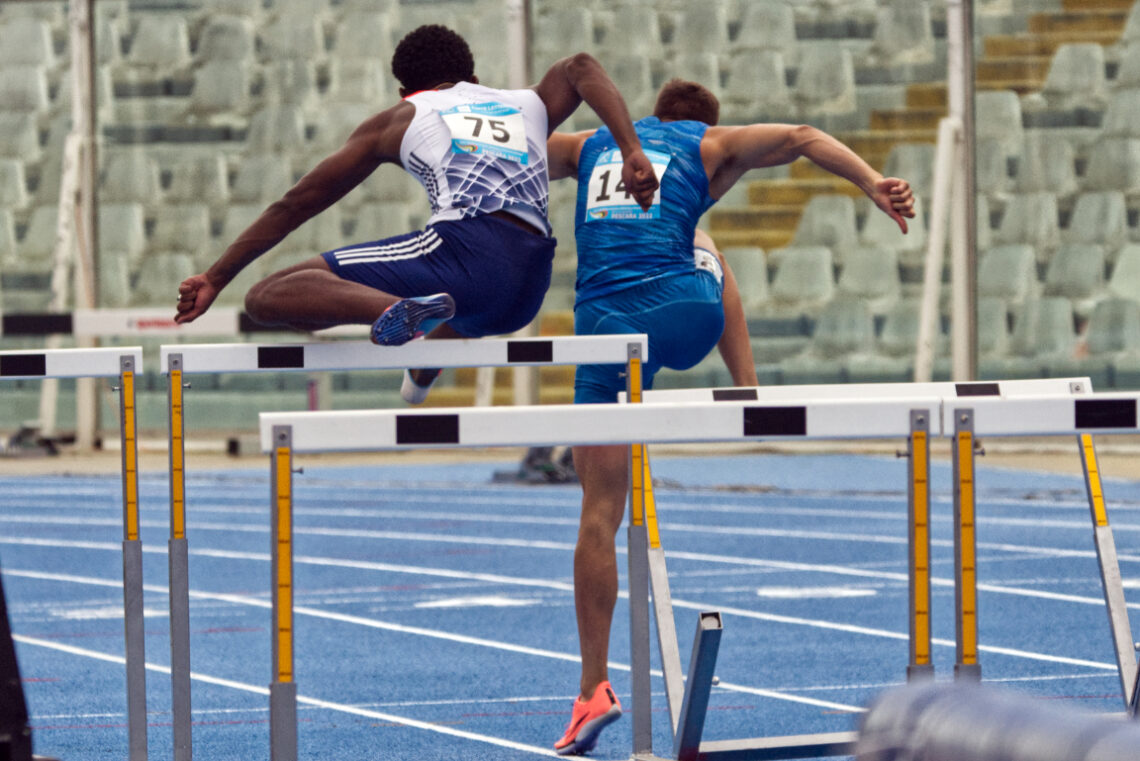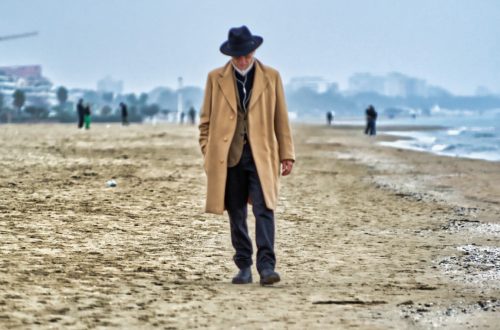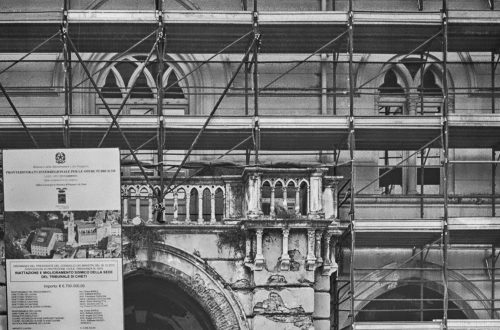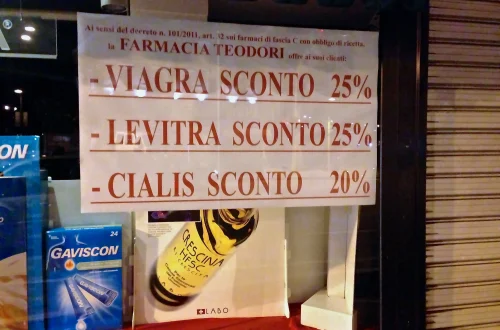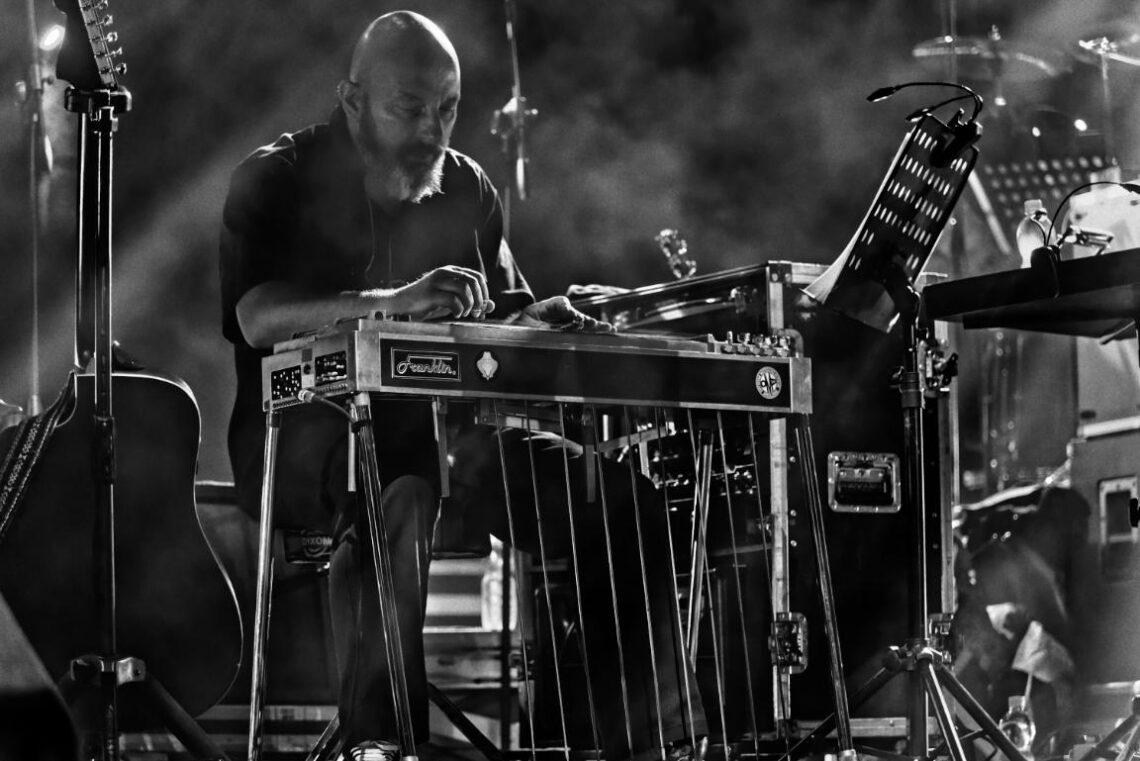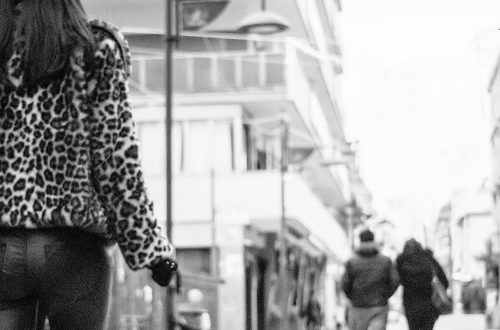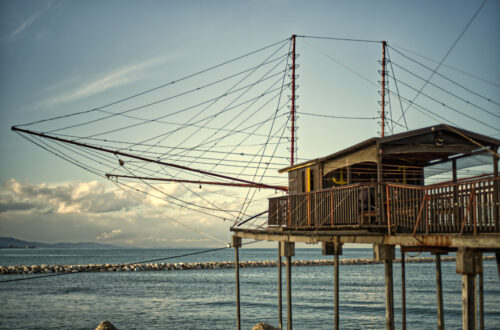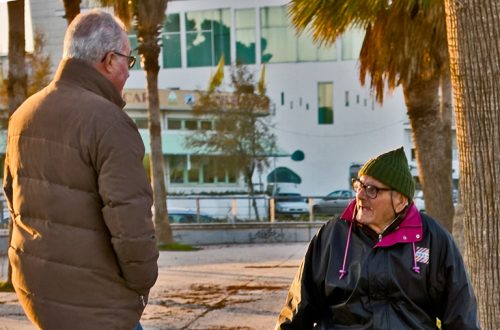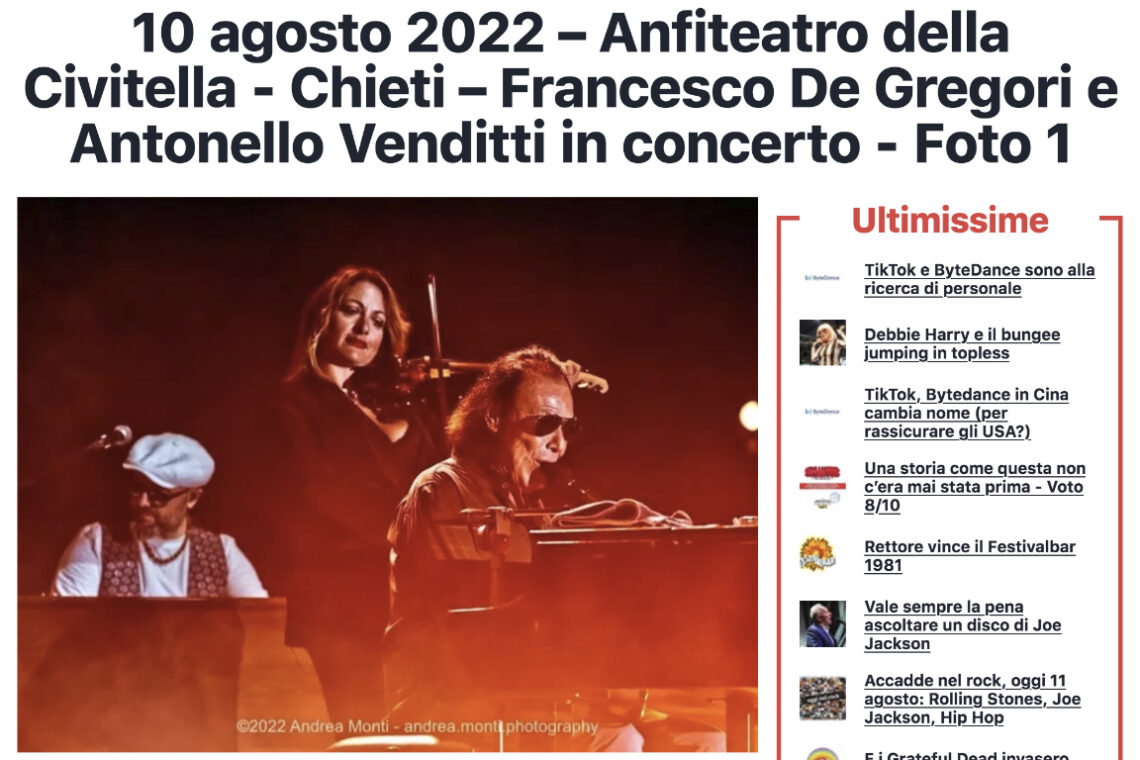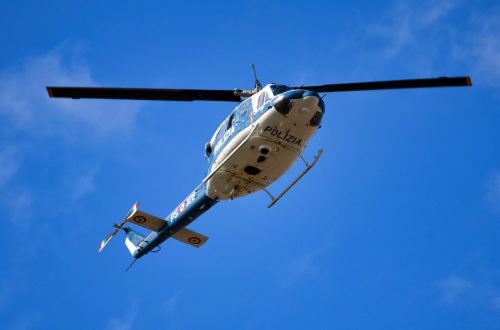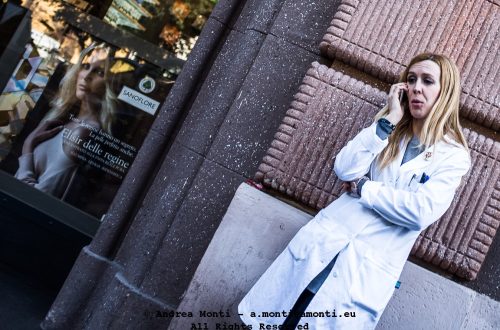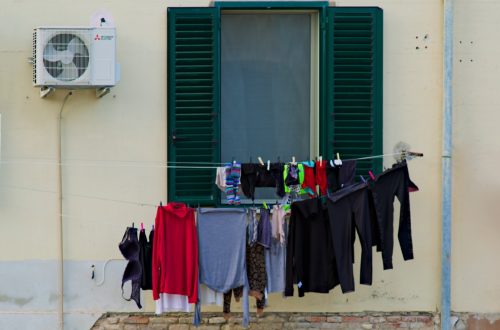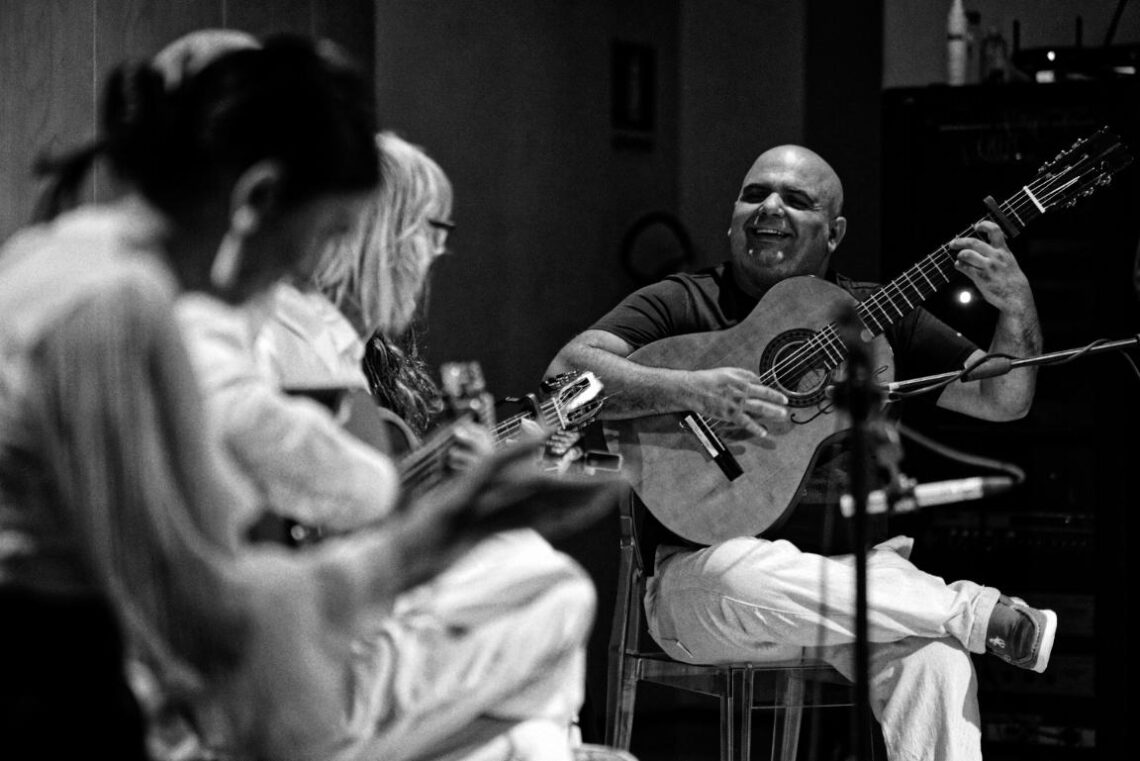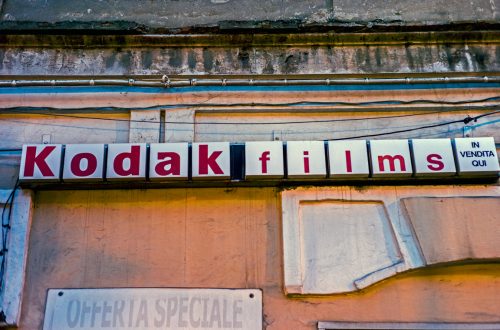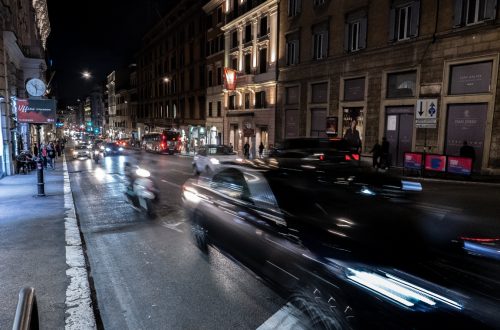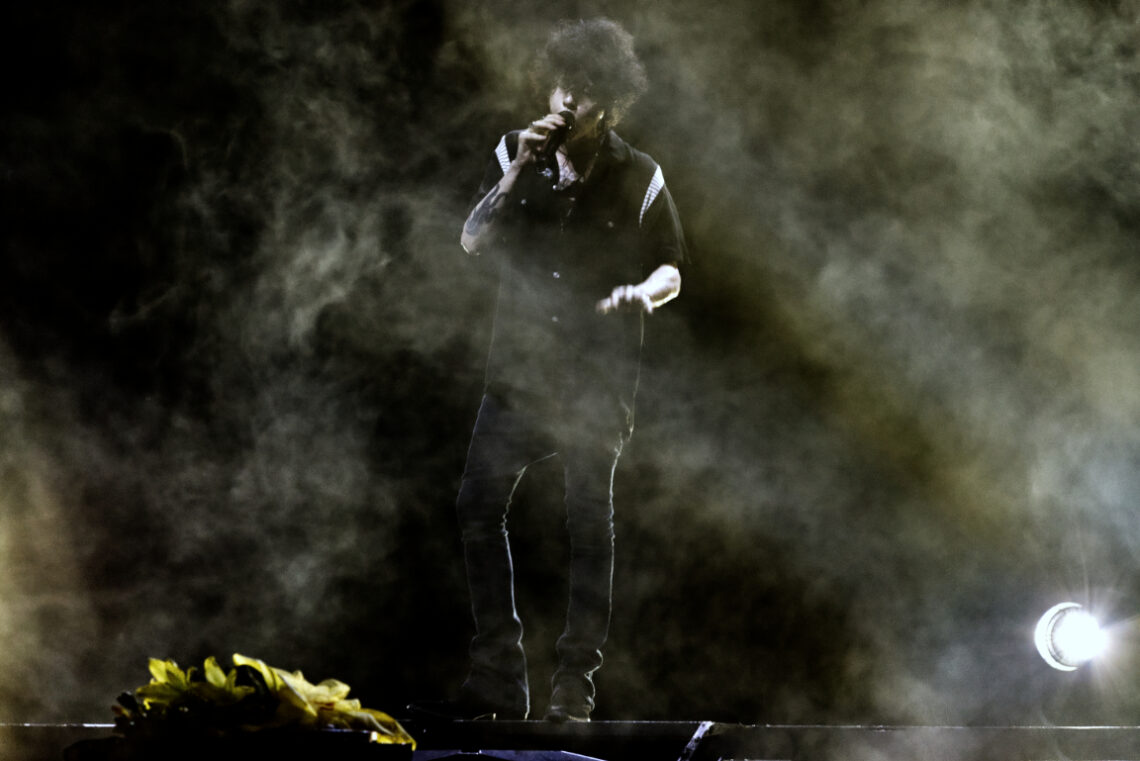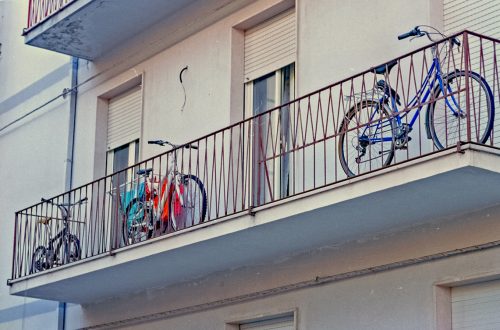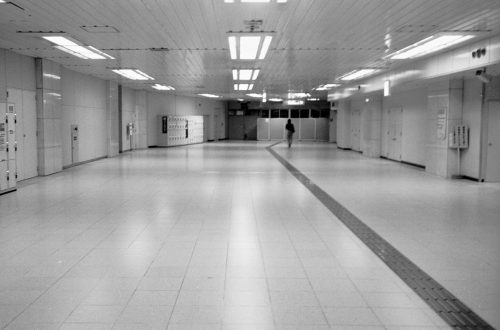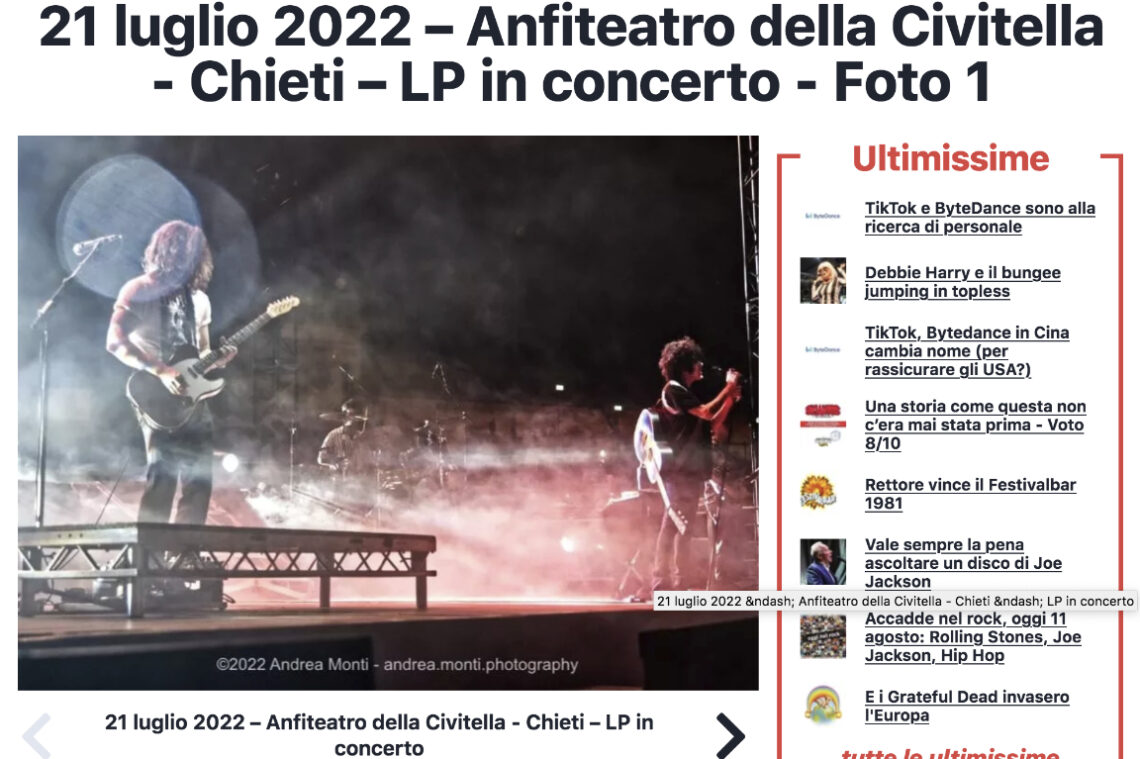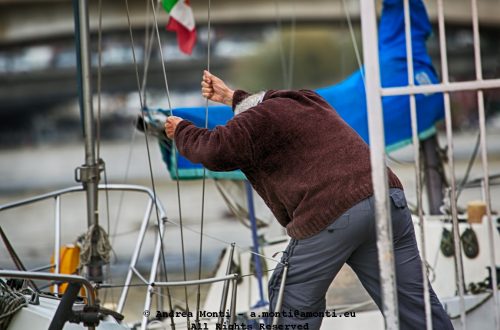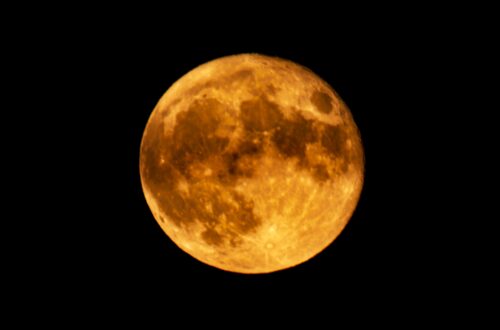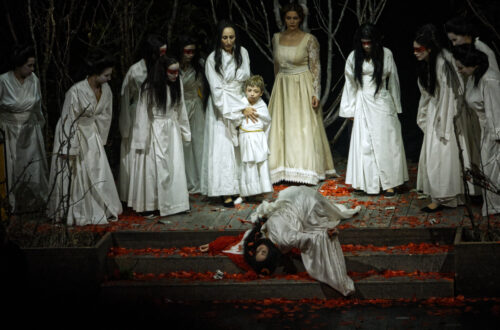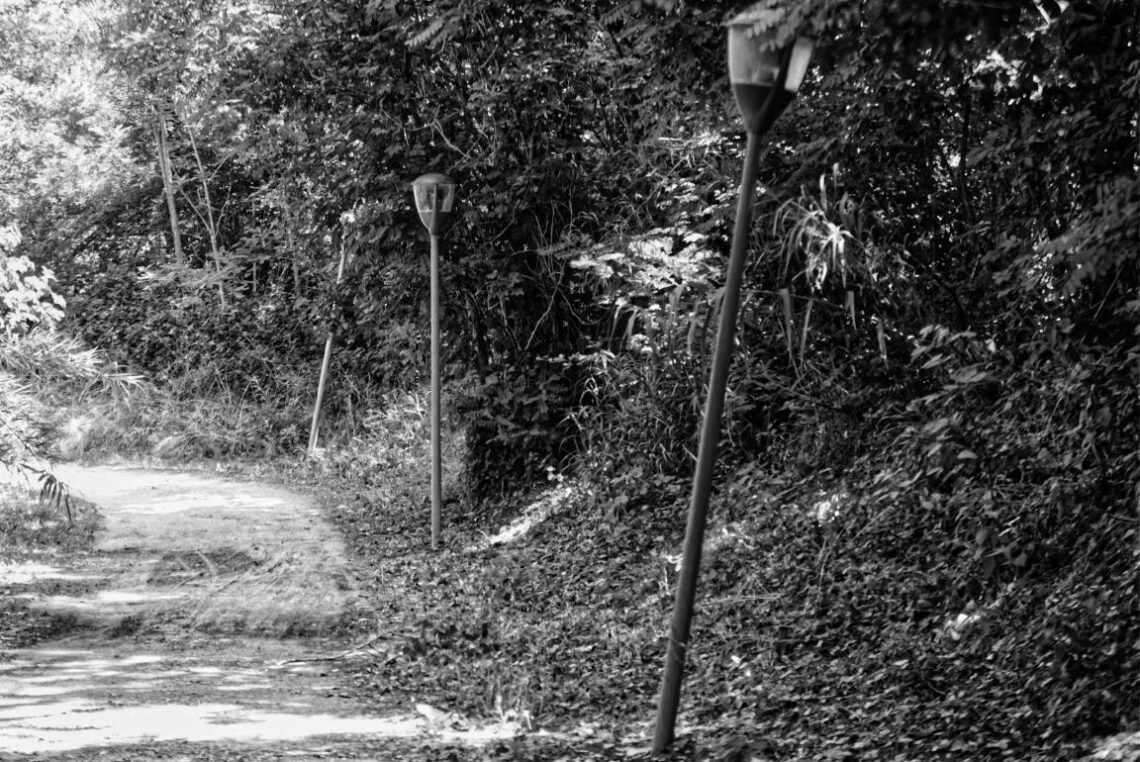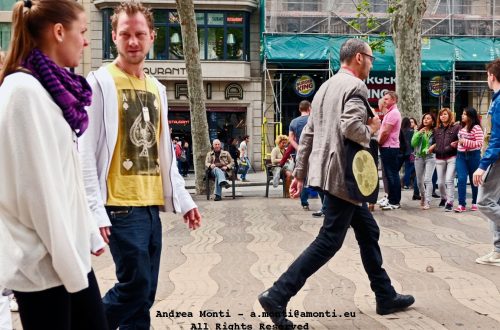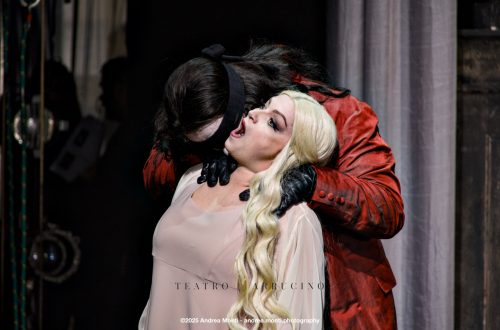-
On Composition. Or: the eye sees what the mind is prepared to comprehend
This shot, taken during the Italian Road Running National Championships, is a fair application of the French philosopher Henri Bergson aphorism to composition: the eye sees what the mind is prepared to comprehend. In fact, although there is not a direct, cause-and-effect relationship between this image and renaissance painting, the learned observer may find some connection with works such as, for instance, Michelangelo’s Battaglia di Cascina. The connection between present and past may be loose, but this does not affect the principle. When I framed the shot I something ‘clicked’ in my mind and I instinctively decided to press the button. Photography (at least in all its variations, such as…
-
The Expired Film Series – Episode 4 – Ferrania Solaris 100 – Dec. 2006 shot in August 2023
This is the fourth episode in a series documenting the use of expired film in various contexts. Episode 4 features a Ferrania Solaris 100 shot with a Voigtländer Vitoret DR and a Color Lanthar 50/2,8 in the vicinity of the sea of the city of Pescara (Abruzzi) .The film was overexposed by one stop as it is customary with expired film to allow more light to impress it.The results are just subpar, however the pictures have some sort of ‘individual’ trait.
-
Red Moon at the end of August
Shot handheld (no tripod) with an X-T5 and a Fuji XF 150-600. Image stabilisation worked very well.
-
HeadButt
Sometimes the difference between a pleasant result and just a plain wrong, missed photo may be challenging to tell.I took this picture years ago, during an MMA fight and, to be honest, I can not even remember framing and setting the camera accordingly for this shot. In other words, it happened almost by accident.The outcome is blurry and shaky, however, the overall result has a ‘painterly’ feel, almost like an ink sketch.
-
From Waltham to Boston
‘From Waltham to Boston’, an offshoot of a bigger project on documenting Boston’s pulse, is now available on Amazon as a Kindle e-book.
-
UnortORTOdox (Ferrania)
This is an unorthodox use of an orthochromatic film (namely, Ferrania Orto.) It is not supposed to be the first choice for reportage or travel photography, but rules are made to be broken, aren’t they? As per the photo, it was taken in North End, Boston’s Little Italy.
-
Content Creators
There are many reasons for the lack of details in this image.The main one is that this roll of Kodak BW400CN expired about 15 years ago. Secondly, the Nikon 35TI used for the shot was set to ‘P’ mode, which does not allow ISO to be changed, and exposure compensation is broken: this made it impossible to use longer exposure times, as it would have been necessary.
-
Coffee at Caffè Nero
On the technical side, this photo was a test of the X-T5 capability to handle scenes with both strong highlights and shadows without increasing the standard dynamic range. As per the quality, despite the similarity of the name, definitely no, it has nothing ado with the ‘Nero’ one can taste in Trieste which —unbeknownst to many — is the Italian capital of coffee.
-
A Ferrari 812 GTS in Boston
Amid the urban thrum of a bustling boulevard in Boston, a Ferrari 812 GTS rests with theatrical poise, like a tenor waiting for the curtain to rise. Its rosso corsa bodywork catches the sun like a blade, slicing through the cluttered backdrop of imitation, of diluted Italian flair printed onto shirts, menus, slogans. But here—here is the real thing. This image captures more than automotive power. It embodies the burden and brilliance of authenticity in a world obsessed with mimicry. The Ferrari’s uncompromising lines, forged in Maranello, don’t shout. They assert. In contrast to the busy street and distracted passers-by, the car is still, composed, sovereign. It doesn’t need motion…
-
Justice measured as the distance between Words and Facts
This photo, in itself, is nothing special. Bur it carries an implicit message about law and rights: the level of democracy in a country is measured by the distance between bold statements and the daily courtroom’s reality.
-
A Cornhole Board – Independence Day Edition
I took this photograph in Boston on July 4th, and for me, it captures a small but telling fragment of the day’s celebrations. No fireworks, no parade—just a simple cornhole board dressed in the American flag, surrounded by scattered red and blue beanbags on a sunlit brick pavement. It’s an image that speaks to the quieter, more tactile traditions that sit alongside the grand spectacle. Compositionally, I let the board occupy the upper right of the frame, its diagonal placement adding a sense of movement and inviting the viewer’s eye from the legs toward the target hole. The wooden box in the foreground balances the frame and anchors the bottom…
-
Elishéva live@Faneuil Hall
Boston is an incredibly vibrant city and hosts many live events in theatres and outdoor venues. At Boston’s Faneuil Hall, I took some pictures of Elishéva, a soulful jazz singer, while she was rehearsing. Boston in summer has its own rhythm—a blend of footsteps, street chatter, and, if you’re lucky, the pulse of live music spilling into the air. I took this photograph during one of those moments when the city seems to pause and listen. The singer, shaded under her cap and oversized sunglasses, leans into the microphone with an intimacy that draws you in, while her guitarist locks eyes with her, an unspoken conversation carried through chords. From a…
-
Tesla Coils@Boston Science Museum
Capturing a Tesla coil mid-discharge is less about speed and more about timing. The arcs of electricity, chaotic and brief, demand an intuitive trigger finger and a dose of luck. I didn’t want the image to become a science illustration; I wanted it to hold some tension between spectacle and control, between the purity of mathematics and the danger of raw power. The coils themselves form a natural anchor in the bottom third of the frame, giving structure to what would otherwise be an abstract burst of energy. I shot through a safety mesh, letting it subtly ghost across the image, a reminder of the physical danger involved in what…
-
Guarding Democracy
Shot on film, this frame came from a day of walking — not searching, just watching. I didn’t need to look far. Two officers, positioned under a temporary gazebo, leaned into casual conversation, framed by the barricade they were meant to man. Beyond them, a crowd gathered in orderly concentration. The juxtaposition wasn’t loud, but it was clear: authority in the foreground, public in the distance. The separation was both literal and symbolic. The choice to shoot from behind the barrier wasn’t just compositional — it was contextual. I wanted to keep the divide intact. The vertical bars bisecting the two officers are rigid, unforgiving. They draw the eye down,…
-
DSLR film scanning: episode three
This is, by far, the most pleasing result I have ever had from digitising a film negative with a DSLR.Contrary to many suggestions found on Youtube, I did not invert the negative RAW curve by tweaking the Master RGB option. I did it, instead, channel-bychannel minding each clipping point. This approach allowed for a better reproduction of the grey tones, and in the end a fair result.
-
Another attempt at DLSR film scanning
Still trying.I digitised the negative with a Pentax K-1 and the FA 100 2.8 Macro lens using the JJC clone of Nikon ES-2. Postproduction is done in Pixelmator Pro. I used a Nikon 35TI and a Kodak BW400CN to take the original photo. Strangely enough, the JJC does not allow a 1:1 ratio with the Micro Nikkor 60 2.8.The instructions advise to mount the 62mm to 52mm step-down ring, the #2 52mm barrel-shaped tube and finally the film holder. These instructions are clearly wrong, as it is not possible to get 1:1 magnification with this setup.So I removed the tube and mounted the film carrier directly on the 62mm to…
-
An attempt at DSLR-made film digitization
This is the first usable result of the attempt to DSLR-scan films. I tried several approaches, including the standard tripod holding the camera perpendicularly to a flat, LED-lighted surface. However, I finally went for a different solution: a horizontal rig with two moving plates, a micrometric head holding the film and three-axis and a panoramic head holding the camera.
-
A Step Ahead
In competition, the smallest margins can mean the difference between victory and second place. This photograph freezes that idea into a single frame: two hurdlers mid-air, their bodies taut with focus and speed, the Italian athlete just one step — or perhaps half a stride — ahead. From a compositional standpoint, the image works because of its precision in timing. Both athletes are caught in almost identical positions, their arms sweeping forward, their knees high, their gazes locked beyond the hurdle. The staggered alignment creates a natural depth and tension — our eyes move from the trailing runner to the leader, feeling the implied movement and urgency. Technically, the exposure…
-
Alessandro Valle – Live@Anfiteatro La Civitella
When I cover singers’ concerts, I make a point of not leaving band members behind. On their shoulders lies the burden of getting the show right. Without them, there is not much a singer could do unless he is gifted with a beautiful voice and proper technique. Still, they often come unnoticed. Kudos to these musicians who make the magic happens.
-
Venditti&DeGregori – Live@Anfiteatro La Civitella
Here is the link at the gallery of the 10 August Antonello Venditti and Francesco De Gregori concert. A rather unpleasant experience, indeed. Photographers have been confined on the extreme left of the stage and not allowed to move. Of course the show comes first and any annoyance imperiling the performance must be prevented. A tad of flexibility for people who is there to work, though, would have been much appreciated.
-
José Ignacio Franco – Live@Auditorium Petruzzi
He doesn’t need to sing. His fingers do it for him. Captured in mid-strum, tocaor José Franco radiates something far more profound than musical virtuosity: duende — that elusive spirit of flamenco, born of sorrow, defiance, and joy. His guitar is not just an instrument; it’s a second voice, one that speaks the unspoken, channeling generations of Andalusian lament and celebration. Notice the scene: the blurred silhouettes of fellow musicians in the foreground, the intimacy of a rehearsal or a small performance, where the bond between tocaores is more powerful than any spotlight. The photograph’s depth of field creates a natural hierarchy — we’re drawn not just to Franco’s position, but to his expression. His smile…
-
LP – Live@Anfiteatro La Civitella
More pictures available on Rockol’s Gallery section.
-
LP – Live@Anfiteatro La Civitella – The photogallery
This is the full photogallery of July 22 LP’s concert at the Anfiteatro La Civitella. I was covering the event on behalf of Rockol.it.
-
Three Lamposts
Sometimes the simplest subjects offer the richest visual rhythms. This photograph of three lampposts along a shaded path is a study in repetition, perspective, and the gentle irregularities that occur when human-made structures meet the slow reclamation of nature. The posts lean — not dramatically, but enough to betray years of shifting soil and seasonal wear — and that subtle tilt gives the image a quiet tension. The composition is carefully observed. The frame leads the eye from foreground to background in a gentle S-curve: the path winds left, the lampposts march back into the trees, and the play of shadow and sunlight dapples both ground and foliage. The staggered…
